I am a professional shopper. Actually, I truly am. In France, you have to declare your status as to what you do. It’s rather complicated to explain in depth here, but here’s a chart that explains it: Got it? Now that you understand it, can you please explain it to me? All I know is that I have professional status that allowed me to get a card so I can shop at Metro, which sells everything from Valrhona chocolate, fraises des bois, and Irish beef, to fresh seafood, aisles and aisles of liquors, specialty olive oils, salts, and vinegars, as well as restaurant-quality cookware. But only professionals are allowed to shop there. They also have refrigerators and freezers stocked with things like croque monsieur sandwiches already made and ready to reheat, pre-portioned frozen appetizers, frozen escargots, 5 kilos (5 liters) of salad dressing, and pre-packaged salads, hence cafés and restaurants that serve those kinds of things are known for serving what’s called “Cuisine Metro,” which isn’t a compliment. Costco started out the same way, only letting small business owners shop there, but it eventually let everyone in, and now anyone can join and shop at Costco. And it’s become very popular, selling everything from hearing aids and Rolex watches to frozen empanadas and their own branded single-malt Scotch whisky. I had a membership at Costco in San Francisco but mostly to get large bags of sugar and flour and other supplies for writing cookbooks in quantity, so I didn’t have to keep running to the supermarket. But I eventually let my membership expire as I could get the same things elsewhere, and it was a chore to shop there with legendary checkout lines and people elbowing their way to the tables offering free samples. Living in France has tempered my American-style consuming habits, and residing in smaller spaces meant there was no room for stocking up on forty rolls of toilet paper or bags of tortilla chips as large and round as body pillows. I also like to shop in the stores in my neighborhood that sell fruits, vegetables, cheeses, and meats from local or small producers. It costs a little more, (but truly, not a lot more…). On the other hand, I also can’t resist a bargain. And I wanted to see what Costco was like in France. The French are no strangers to shopping in huge, warehouse-size stores. There are lots and lots of hypermarchés in France, which’d dwarf your local supermarket in comparison. Some are as large as parking garages and others take over entire shopping centers, such as Carrefour, LeClerc, and Auchan. Traveling around France by car, there are clusters of them in every commercial zone of most cities, towns, and villages, and they sell everything from groceries and clothing to housewares and gardening supplies. Some have tried to open in other countries, such as Auchan in Texas and Carrefour in China and Oman, but the concepts didn’t work out, and most or all have closed. So it’s interesting that an American brand is trying to bring its concept to France. While France isn’t hurting for large chain stores, Costco is a different story. What they sell is more specialized, many items are their own brand, Kirkland, and almost all items are sold in larger quantities, such as 3-pound (1,35kg) bags of almonds vs. 4-ounce (125g) bags at Carrefour. When I see those tiny bags in my local grocery store, I wonder: Who buys a 1/2 cup of almonds? I eat that in one afternoon. So there we were in Costco, one of their two stores in France, arriving after a 50-minute drive from Paris. The Costco stores aren’t easily accessed by public transit from Paris; the one we went to would have involved 1 1/2 hours of travel on two different métros, then taking an RER train, which included walking about ten minutes between each segment. So we enlisted Romain to take us in his car. He’s good for about an hour of shopping, then quickly goes downhill from there. So I have to carefully calculate my time with him and strategize ways to maximize my time, because I could spend all day in a store like this, and not just because I’m a professional. But because it was fascinating to see what they carry. The Costco store we went to was huge. It was also nearly empty. On a Monday morning, there were maybe fifty people shopping in the store. And since we weren’t in Paris, where people are always in a perpetual hurry, the pace was very leisurely with people gently rolling their carts around the store, not aggressively racing around to get in front of you. I like to shop methodically in a store like this, going up and down each aisle, to see what they have, so I can see everything…and don’t miss anything.
Of particular interest was this jumbo jar of top-quality Dijon mustard. From a bargain hunter’s point of view, especially for a brand of mustard that I always keep in my refrigerator, one might think, “Wow, what a deal!” But I don’t see someone in France buying that much mustard at once. For one thing, it’s not in their DNA to shop like that, and another reason is that mustard quickly loses its oomph once it’s open—and who wants wimpy mustard? So I passed on buying it.
As I walked down the aisles, the first big difference from Costco in America is that the stands where they give out free samples were all empty. In San Francisco, people used to swarm around them like hornets, and it often got out of control with people hyperventilating till they got one of those little cups in their hands. I used to wonder why people would behave that way for 1/16th of a muffin. If they were that hungry, the hot dogs a few steps away were only $1.50. Even people who were working the carts weren’t interested, as most of them weren’t manned. Even though I don’t go to Costco for a piece of ravioli cut in half, my #1 reason for going is for the pecans. I used to bring them back to France with me from the U.S., and they’re always fresh and plump, not dried out or old, as pecans tend to be in France. And they’re cheap: €14,99 ($16) for a 2-pound bag. I put two bags in my cart and made another swing through this aisle later to get two more. The French zip-top bag, plastic wrap, and foil game isn’t as strong as America’s, and below is their entire section of plastic bags. While I know they’re not “green,” I reuse them as many times as possible. (I think I may have a few from 1997.) And we have douchettes in our bathrooms, which cuts down substantially on toilet paper, which is terrible for the planet. So my one indulgence is zip-top bags. Reason #2 for going to Costco is Stretch-Tite…and they don’t have it here! Wait…what?! How could they deprive people of Stretch-Tite? Honestly, I think there is some sort of conspiracy in France to force people to use plastic wrap and foil with terrible cutters that are made of paper. I’m no engineer or scientist, but I can tell you that paper doesn’t do a very good job of cutting metal, or even plastic. The boxes of foil they carry are too big for my kitchen, and I’m well-stocked on Reynold’s Wrap. But I’m intrigued by the Kirkland moniker, so maybe it’s better than what’s sold here, even the stuff for professionals at Metro. But I’m not sure I want to give up 15% of my kitchen counter space for a roll of foil. France, however, does excel at flour bags… People aren’t avid home bakers, so flour is sold in kilo (2.2 pounds) bags, which are admittedly easy to store. I do like to buy organic flour, so I didn’t buy any of this flour, despite the amazing typography. While there was a lot of American stuff at Costco France, “local” items include the 36-pack of macarons shown at the top of this post and individual pots of crème brûlée…although, interesting that the cases holding the crème brûlées are in English: Authentic French Taste since 1992. (Which to me, doesn’t seem long enough to brag about...) Also in the grocery aisle, Mac & cheese is proudly displayed next to couscous. I once bought a box of Kraft Mac & cheese when I saw it in Paris, remembering it nostalgically from having it as a kid. Unfortunately, either they changed the formula or my tastes have changed, but I didn’t like it at all anymore. But if you want “fresh” Mac & cheese, Costco France has you covered: Kind of funny that Mac & cheese has come full circle and is coming back to France. James Hemings, the slave and chef of Thomas Jefferson brought it to America from France, after Jefferson sent him to Paris to learn about French cooking and he learned about gratin de pâtes, which became Mac & cheese. The one at Costco didn’t look very promising, so I took a pass. I should have hung around the beef jerky display to see if anyone bought any. I’ve never been a beef jerky fan; I remember those waxy Slim-Jims packed tightly in cellophane when I was a kid. They were usually sold in the candy aisle, and I used to wonder why anyone would want chewy, dried-out meat when there were Junior Mints, Dots, cherry Nibs, York Peppermint Patties, and M&M’s just an arm’s reach away. But maybe there’s a market for jerky in France? As for me, I’d like to find a box of Dots. (Except for the green ones—yuck.) There were also big jars of American, er, I mean American-style pickles. Like most of the things in the “American aisle” at French supermarkets, which are things that I’ve never seen in America, I don’t know about these pickles from The Farmers Happy Company. If they are from the States, the person who came up with the brand name gets a C- in grammar. I obviously wasn’t an English major, but shouldn’t it be: The Happy Farmers Company? (Or, farmer’s.) But they do have Maille cornichons, sold in handy 4-packs. The way Romain eats cornichons, I should have bought these, and now I’m regretting not buying them. There were also “kettle-cooked” (au chaudron) jars of salted butter caramel sauce with cane sugar, which the label says twice, in two places for emphasis. It was delightful seeing candied chestnuts, even though their season was around Christmas. But guess some want to stock up now? Speaking of stocking up, they had these giant 1kg (2.2 pounds) jars of amarena cherries, candied sour cherries, from Italy, which I love. It was only €14,99. SOLD!And from our friends in Canada, maple syrup…check out that price! The only problem, and perhaps why the display was full, is that Europeans don’t know what the heck to do with a liter of maple syrup. When they eat waffles, they’re for dessert, not breakfast, and have whipped cream or Nutella on them. As for pancakes, they’re sold pre-made, in bags, in France. And when I say bags, that’s plural. If you look closely, you can see they’re wrapped inside the bag, in bags of 2. And here I am, rinsing and drying all my plastic bags to reuse as many times as possible to save the planet. Am not sure if people rewarm the pancakes, or eat them as is. If anyone knows, let me know. The only pancakes I’ve ever eaten — and want to eat — are hot off the griddle. To keep things international, they had Ortiz tuna, which didn’t seem any less expensive than it was elsewhere. And those giant canisters below were startling in size, each one was as big as a footstool — I kid you not. I think this is a cocoa drink? (Although, not sure how the “cola” designation fits in.) But there’s a prominent anti-bullying message on it, which is a nice message to pass on to the next generation. I looked it up, and Wikipedia called it a “sugary chocolate drink” made in Spain. Come to think of it, there were quite a few items in Costco that were from Spain, mostly in the health and beauty aisles. Maybe Costco gets better deals there than they do in France? There were “premium” les sushis packed in plastic platters, large and small… …and organic tortilla chips. There were also Reese’s Puffs with Angel on the box. Being sixty-six years old, I had to look up, just like the sugary chocolate drink, who Angel was on the Google. I figured she was a singer, one who is popular enough to be on the front of a cereal box. Then I looked closer and saw the white basketball and found out she’s a basketteuse, a basketball player, who was the 7th overall pick in the women’s NBA draft, so I can forgive her for not knowing who I am. Over in the pastry aisle, one could pick up a dozen croissants for €5,99, around $6.75. I could have picked some up to make almond croissants: …although I’d eaten all eight that I made for my Live video chat with Yotam Ottolenghi and am still trying to deal with the petite brioche I got from that—which in French, is a muffin top, as opposed to tablettes de chocolat (which I don’t have), which are 6-pack abs. So I didn’t buy them. There were also bake-at-home baguettes from a French company but they had an English subtitle. There were also Costco-size boxes of 32 canelés, which I’m starting to think companies make exclusively for Costco since I’ve never seen a box like this in France in my twenty-plus years of living here. And there were almond financiers (above), and madeleines… …which look like they come from their in-house bakery, made with pur beurre, all butter. Pretty amazing they can sell them for 50¢ each, considering the price of butter. The apple pies they had on a table were bigger than any pie I’d ever seen in America. Kudos to them for having the oven space to bake them, but yikes, they’re huge and heavy. Like the beef jerky, I should have hung around to see who bought one of these, since “pie” isn’t a French concept. Yes, there’s pâté en croûte, seasoned meat surrounded by pastry baked in rectangular molds, but you don’t see ones made with fruit inside. The closest are croustades, which are regional specialties and usually made with filo-like dough. And I don’t think there’s a word in French for “lattice,” then I looked it up and losange seems to be the closest. When I recently went back to French class, to try to get a better handle on the subjunctive verb conjugations and French pronouns; French adults actually take an exam to test their ability to understand French… 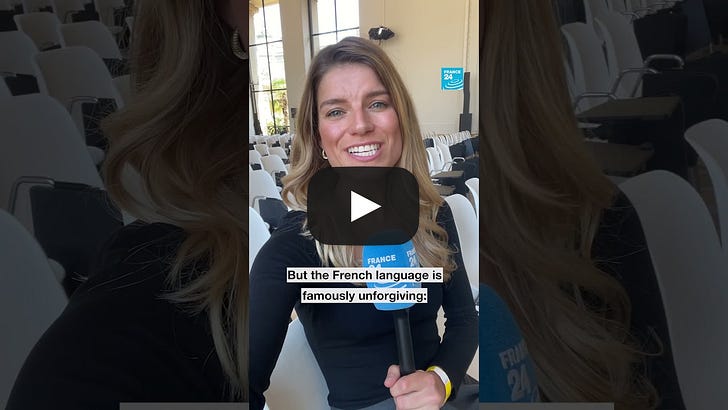 …the teacher was stunned by my sterling command of French vocabulary, especially for obscure French words, which I can now add losange (diamond-shaped) to. But if you want to bake something for yourself, you could pick up a KitchenAid mixer. But there was also brownie mix if those mixers are a little out of your budget. I haven’t figured out the fascination with putting colorant in marshmallows, which certainly isn’t American-style, unless something happened to marshmallows while I’ve been gone. As they propose getting rid of food dyes in the States, I keep hearing the argument that food dyes aren’t used in Europe, which isn’t true. But I’m coming out against food dyes in marshmallows, end of discussion. Like green Dots, those would get picked out if I bought these: And let me ask you this: If you were going to come up with a slogan for your product, would you say that it’s “Probably the best” on the box? To me, that leaves a whole lotta room for doubt. Over in the baking aisle, they were selling very generous bags of chocolate chips. Like how almonds and other nuts are sold in French supermarkets, they also sell pépites of chocolate in teensy 100g (3.5oz) bags, which are about enough to make six chocolate chip cookies. Those 4 1/2-pound bags I thought were a deal, at €29,99, and, interestingly, they boasted the inclusion of “Real vanilla” on the package. Whereas in the very same aisle, if you want real vanilla, you have to settle for vanilla arôme, which is made from water, caramel, glucose, fructose, sugar, sodium benzoate, with 4% vanilla listed last, right before the preservatives. I found the wine and liquor aisles disappointing, especially compared to the wine aisles at Costco in the U.S. The liquor aisle at Metro is magnificent, which is probably frequented by professional bartenders, and in their defense, the people who shop at Costco aren’t looking for Chartreuse, Bénédictine, or Salers. My friend, who was visiting from the States, whose membership card got us in, was looking for Armagnac and came up empty-handed. The rosé selection was just okay. Wine isn’t that expensive in France, so I didn’t get any at Costco. This wine was €8,99 ($10.25) and while it may be a nice Sauvignon blanc, I might feel reluctant to whip out a bottle of Kirkland-branded wine in France. I’m sure the wine is fine but people in France are rather discreet about money and don’t discuss prices of things as freely as people do in the States. I remember we were guests at someone’s house in the U.S. and they showed us their renovated bathroom, and told us how much it cost. Later Romain asked me why they told us how much they spent, and I didn’t have an answer except that it’s a cultural difference. Stay tuned for Part 2, including what I ended up buying at Costco… You're currently a free subscriber to David Lebovitz Newsletter. For the full experience, upgrade your subscription. |
Wednesday, April 16, 2025
A Visit to Costco in France
Subscribe to:
Post Comments (Atom)

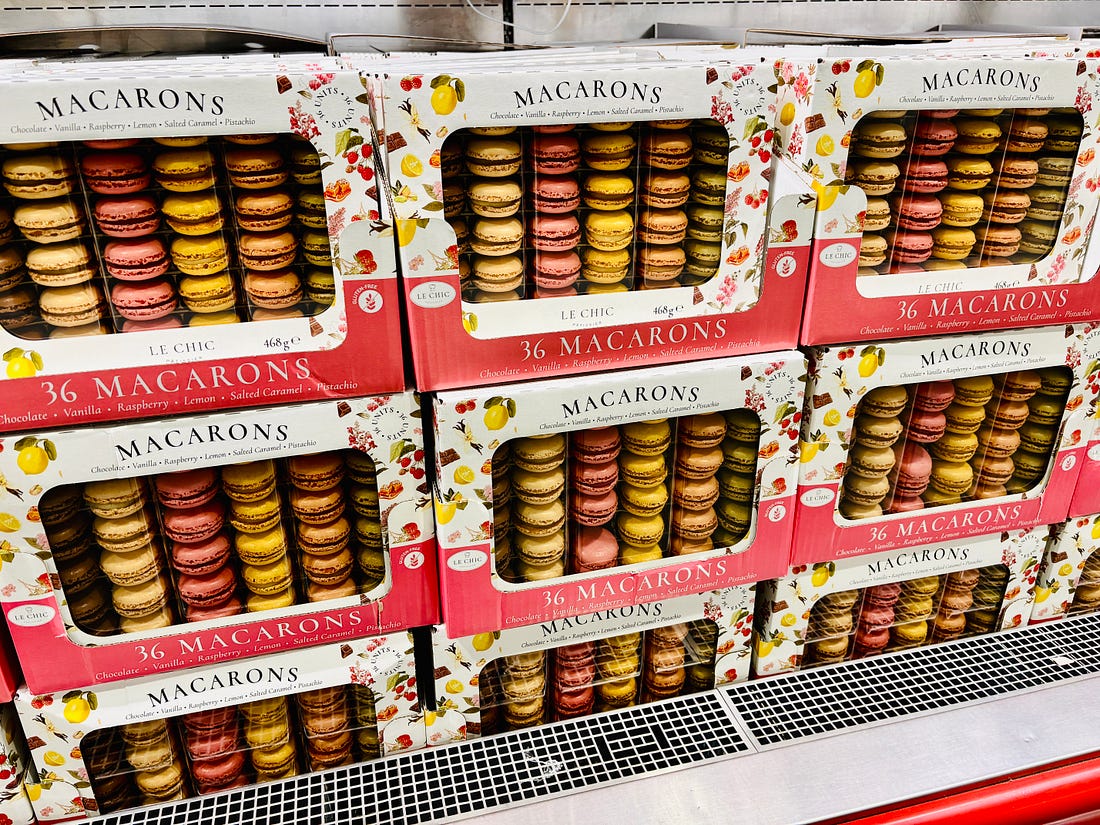

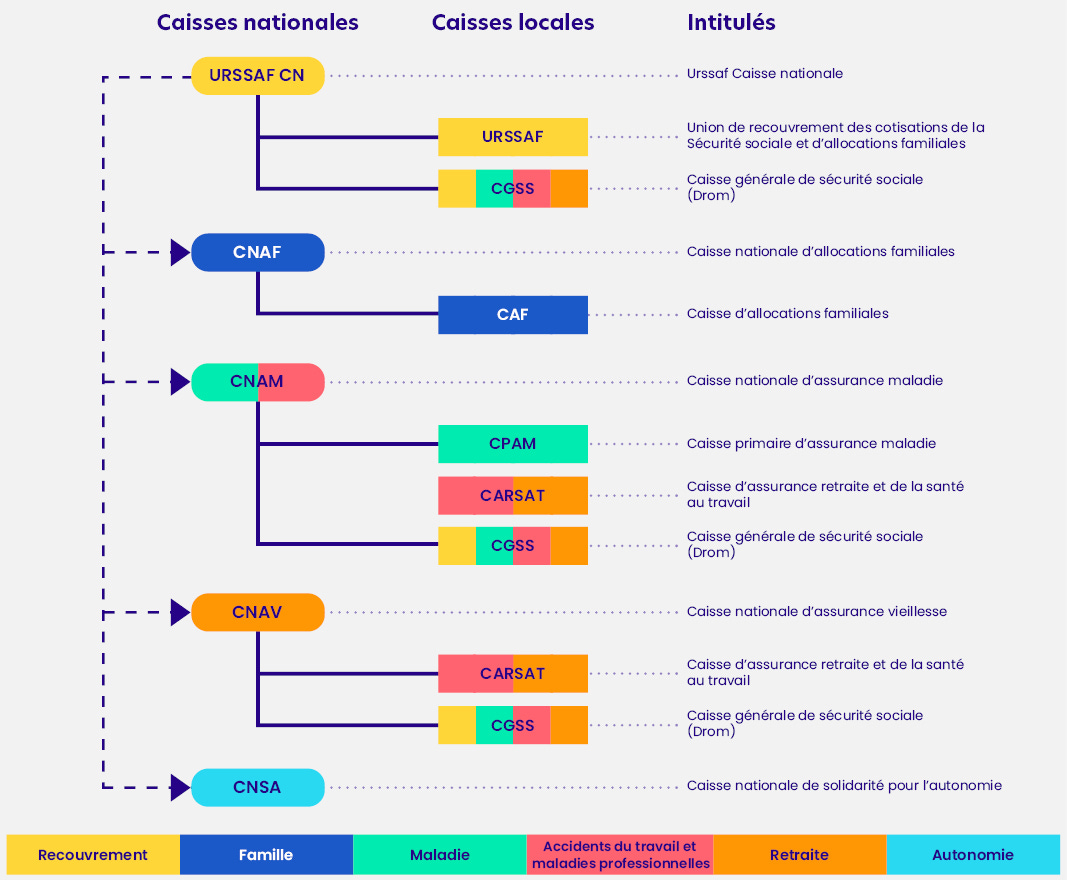
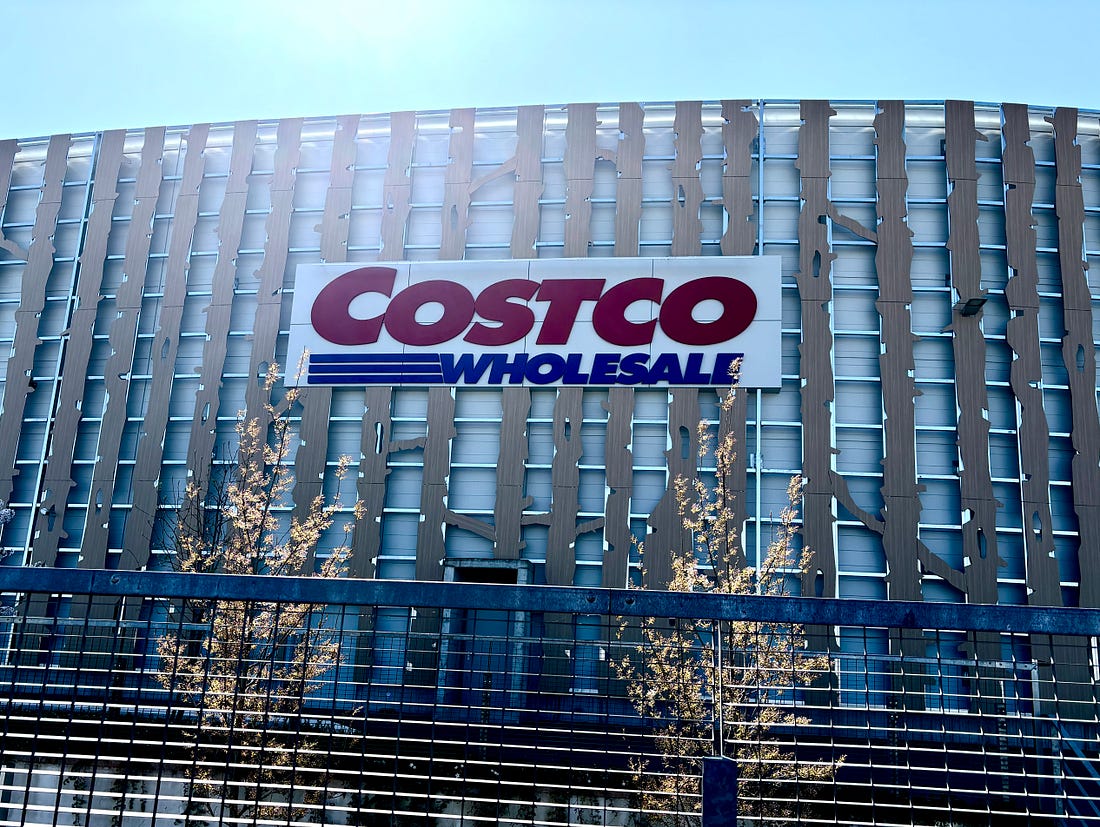

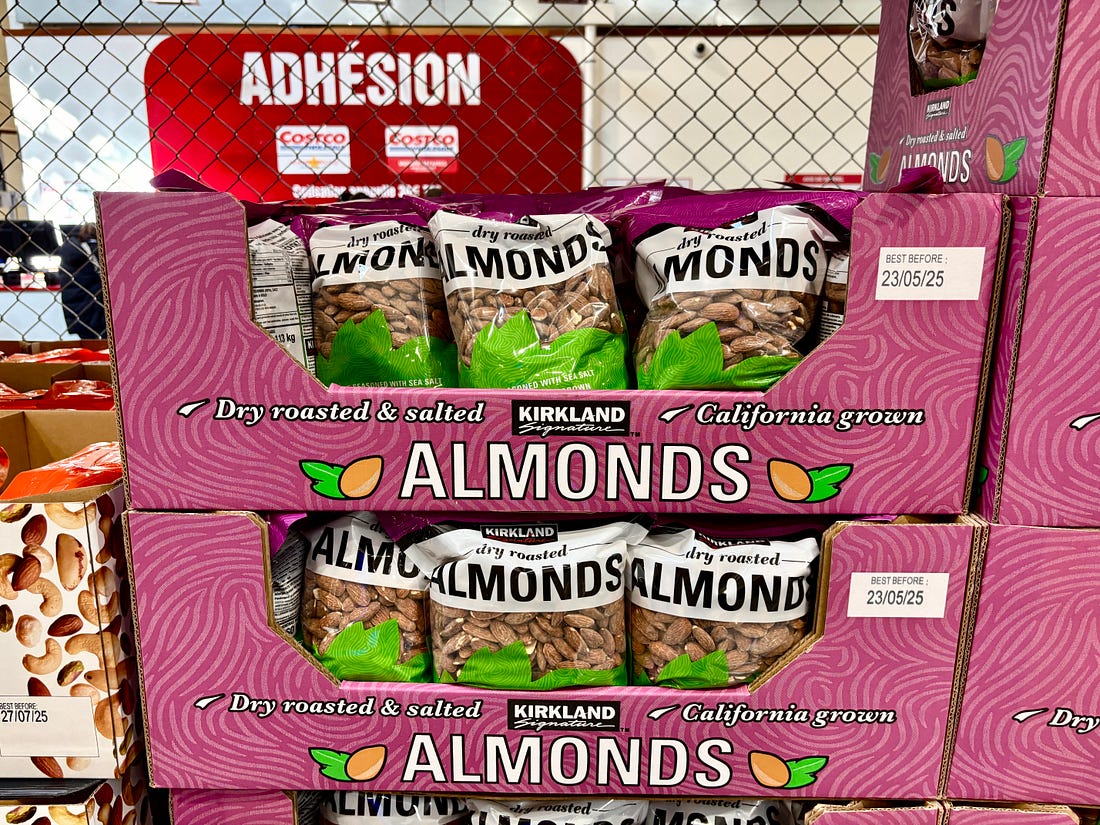
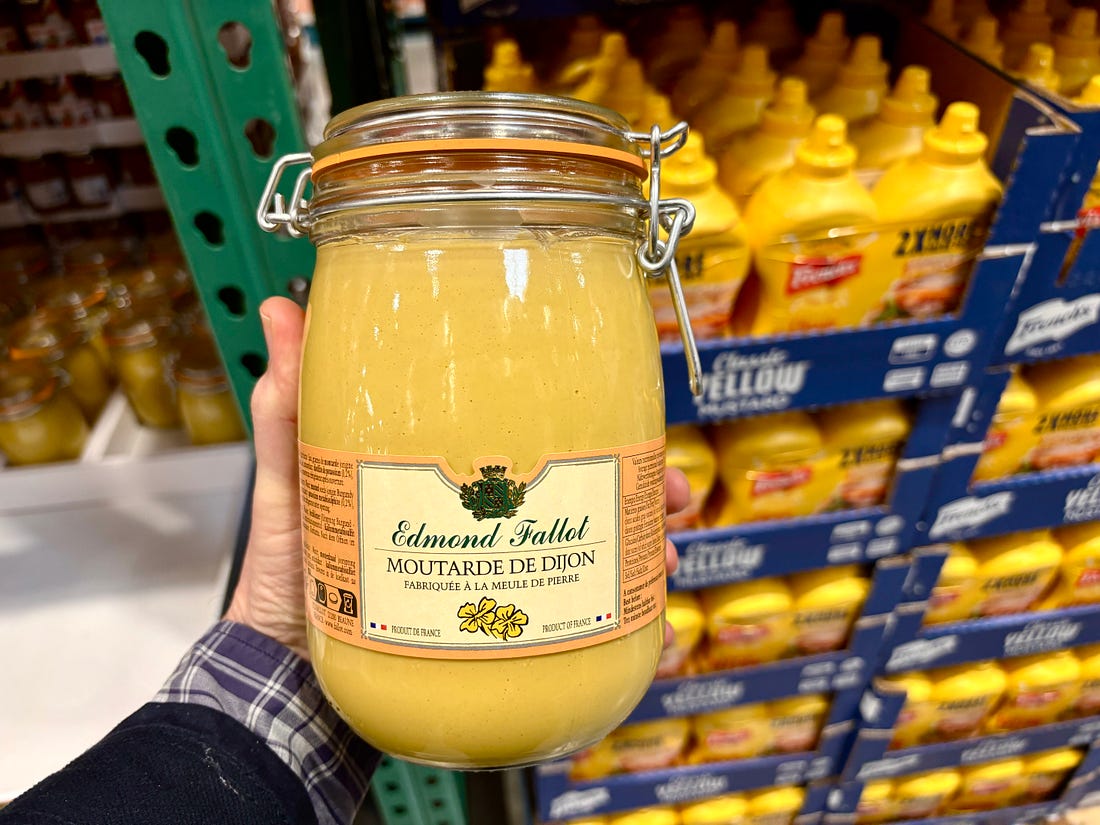
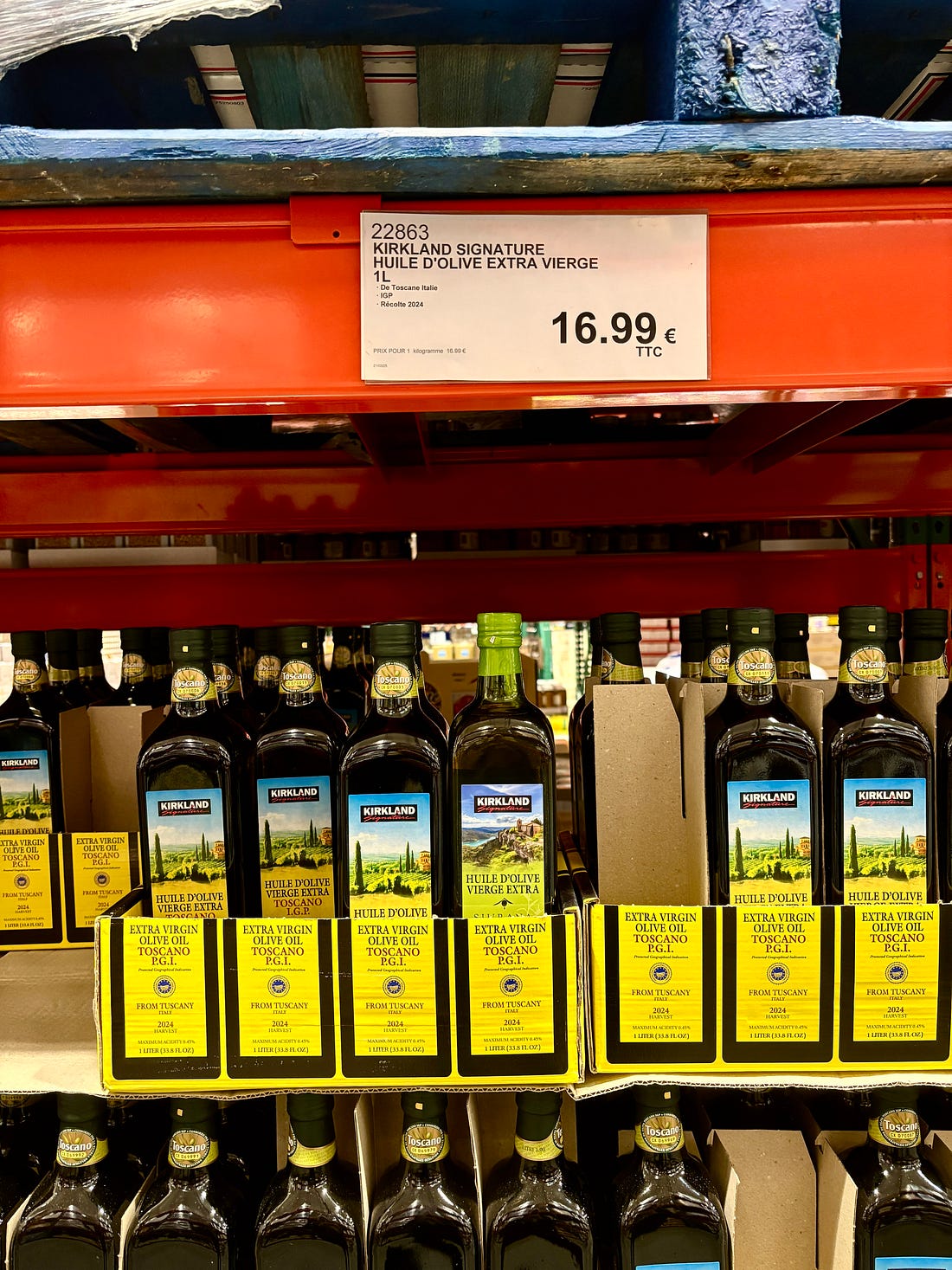
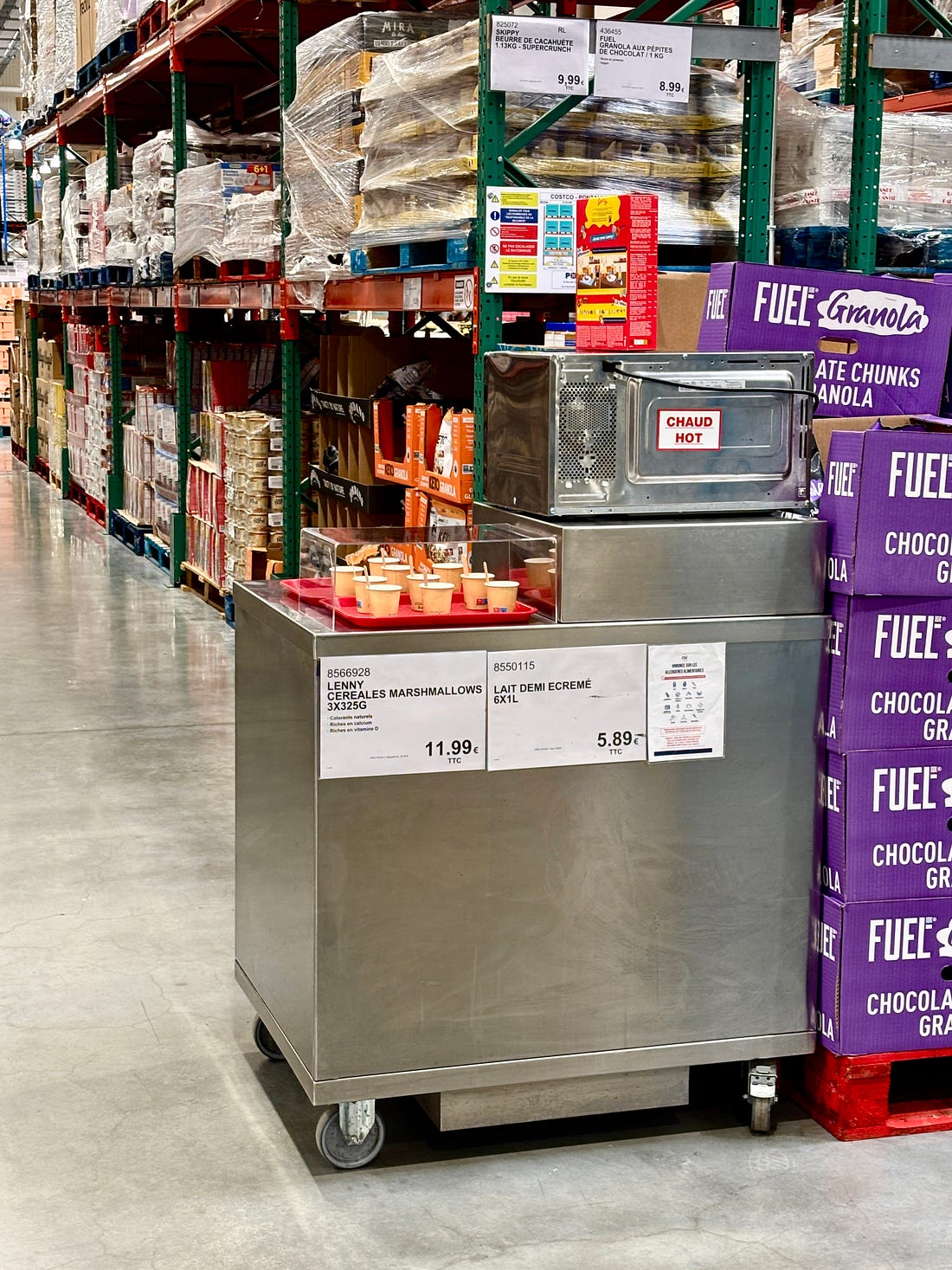
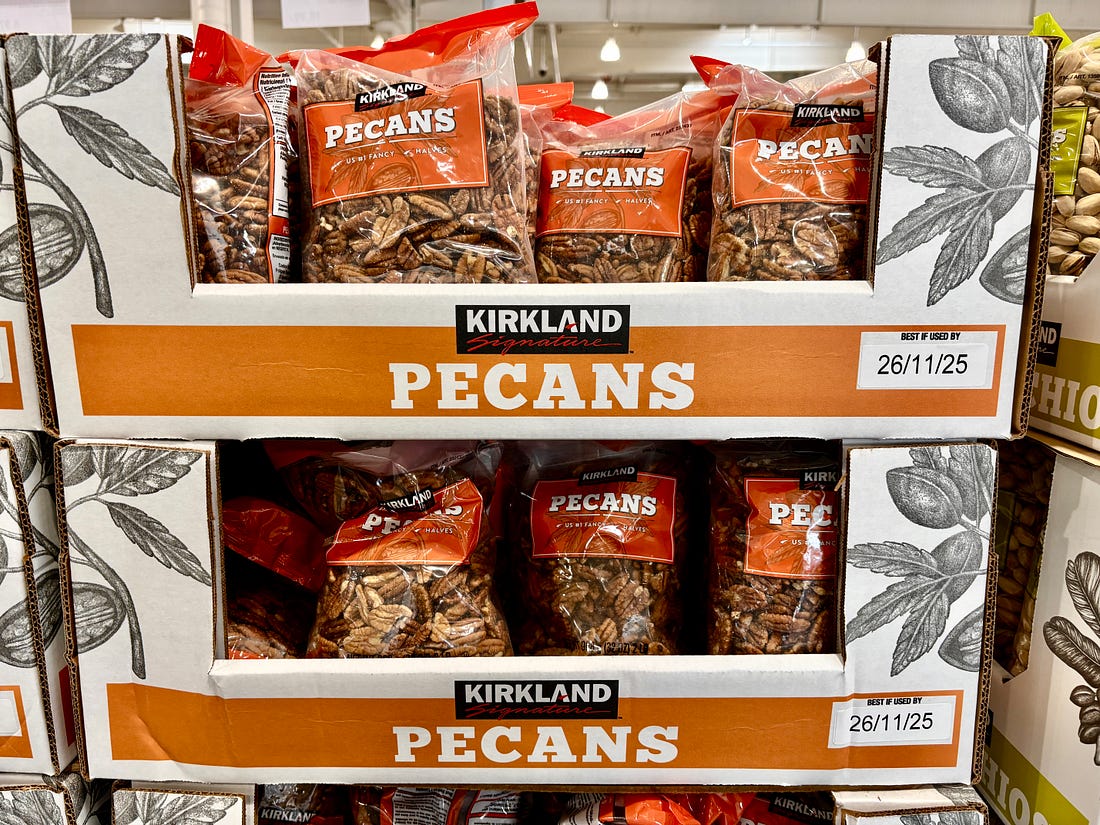
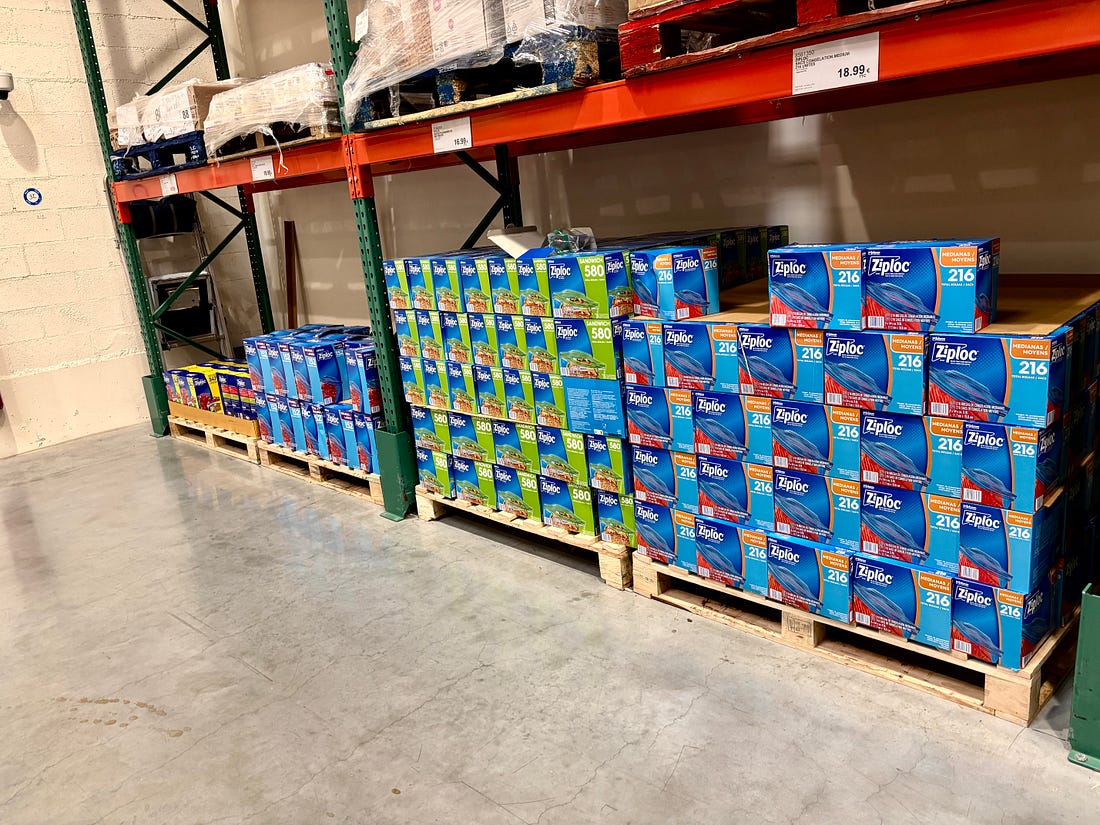
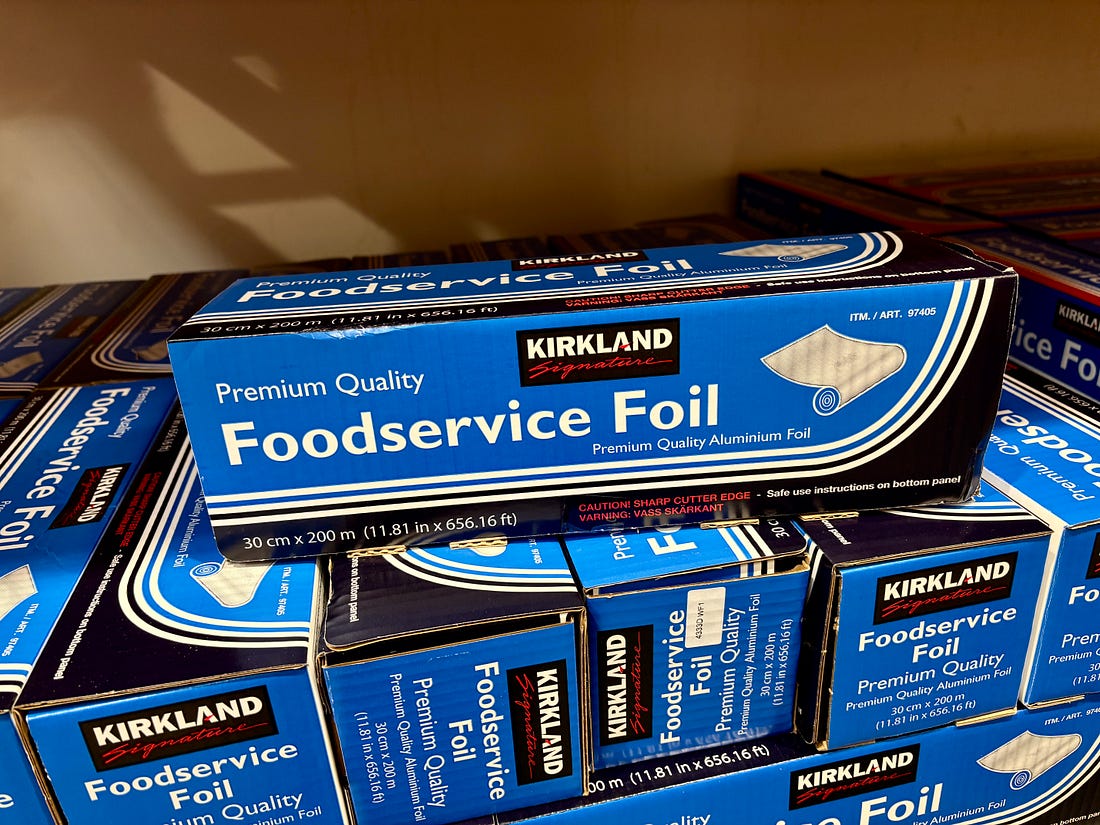
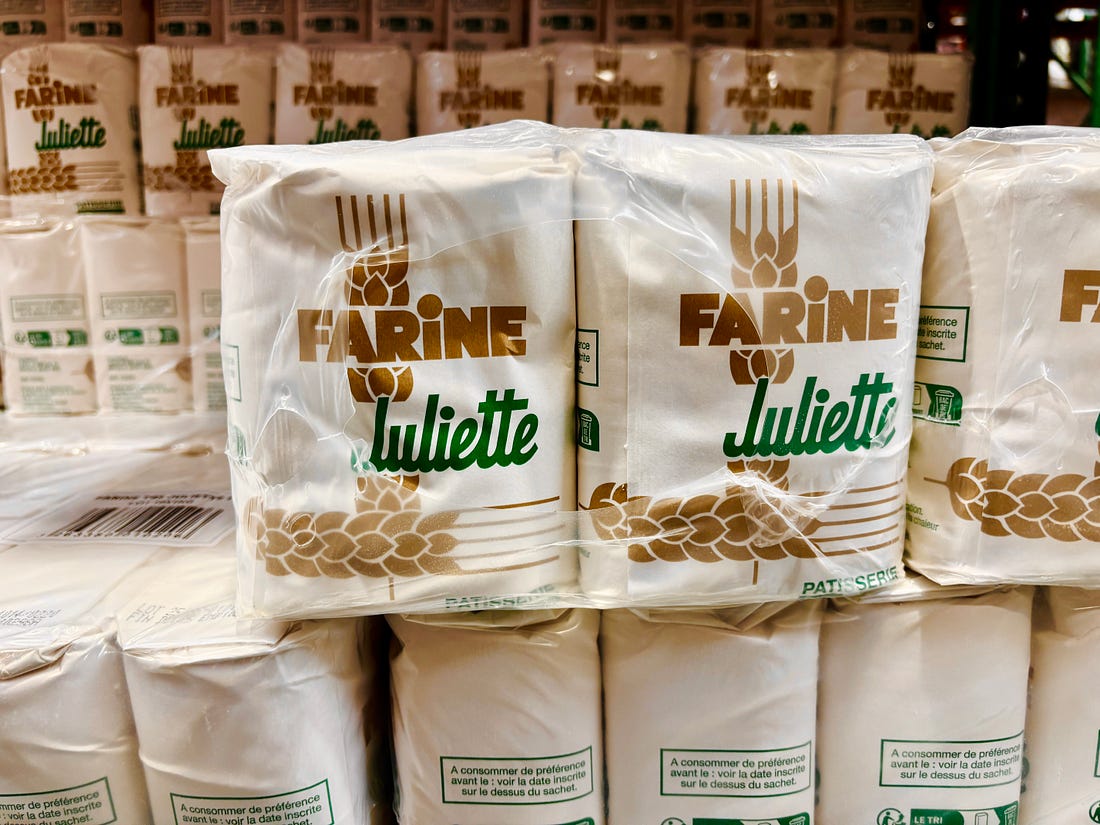
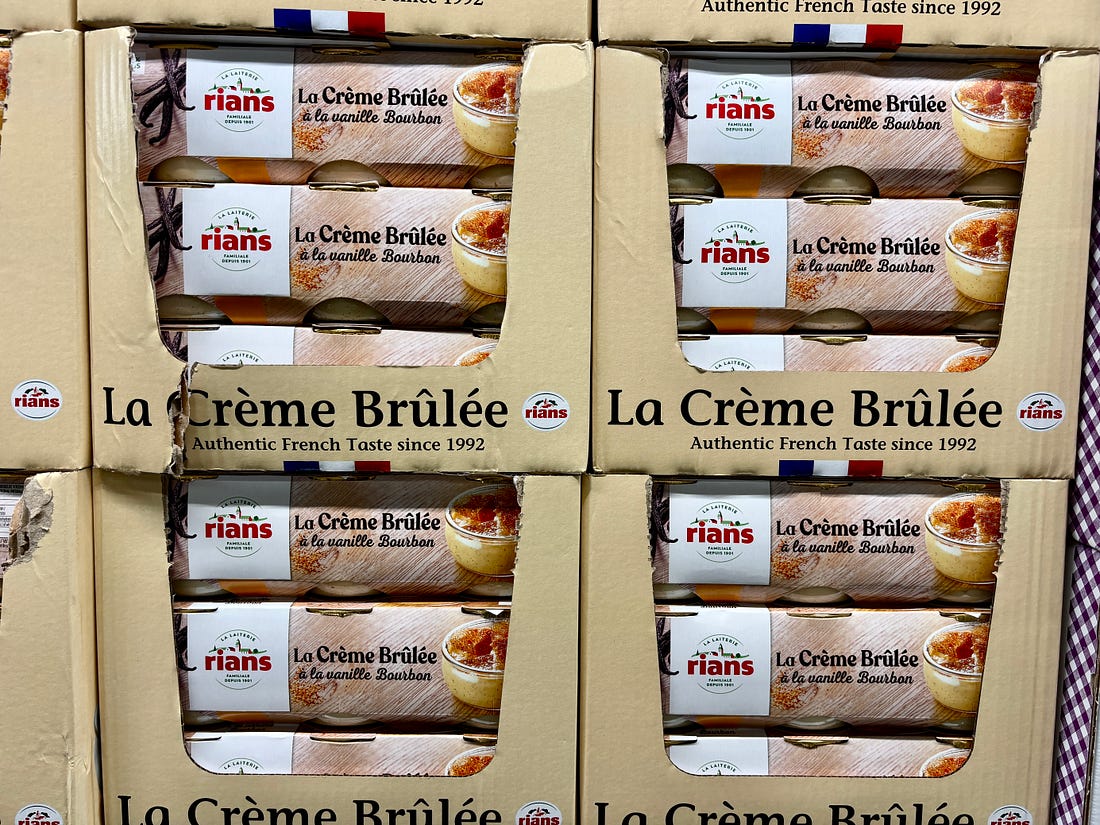
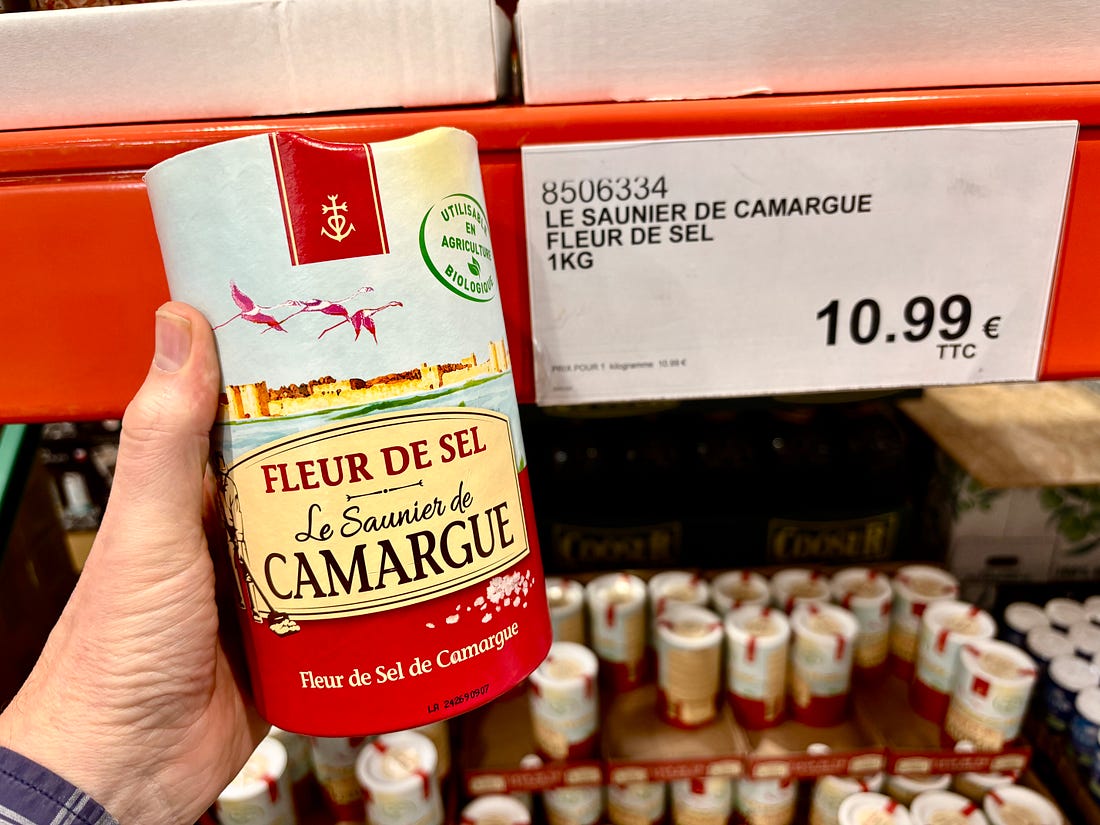
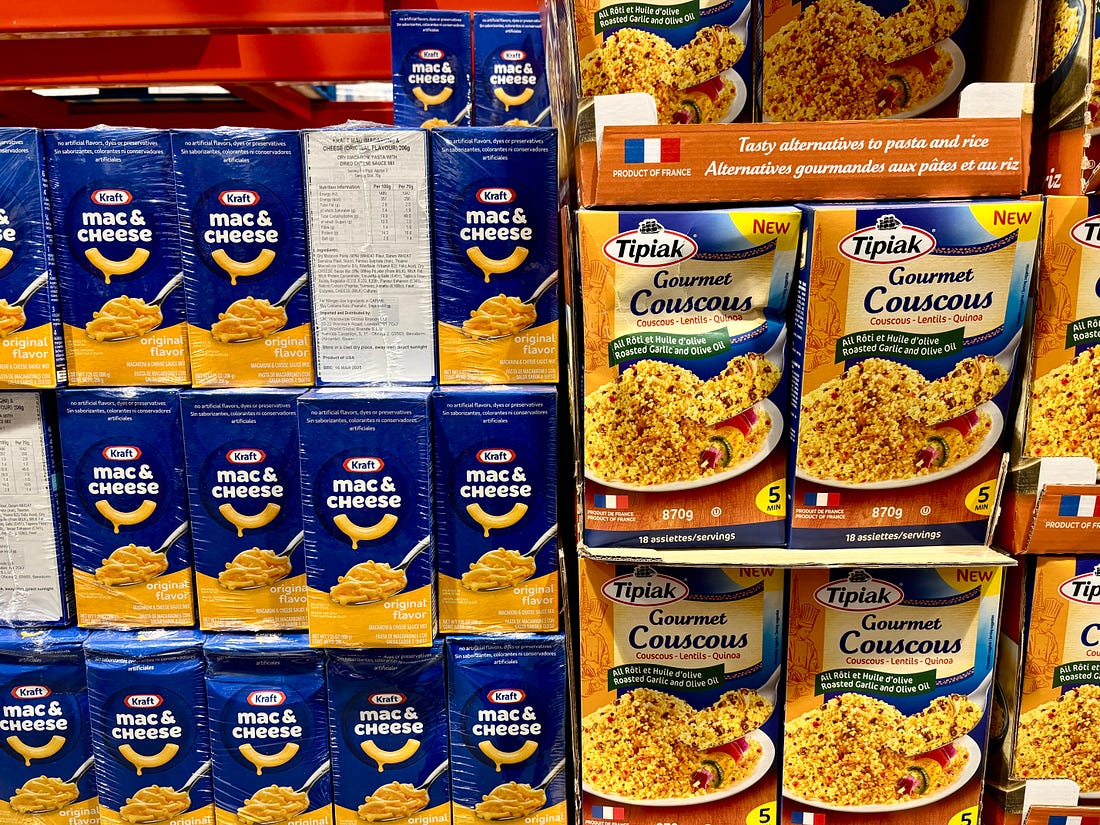
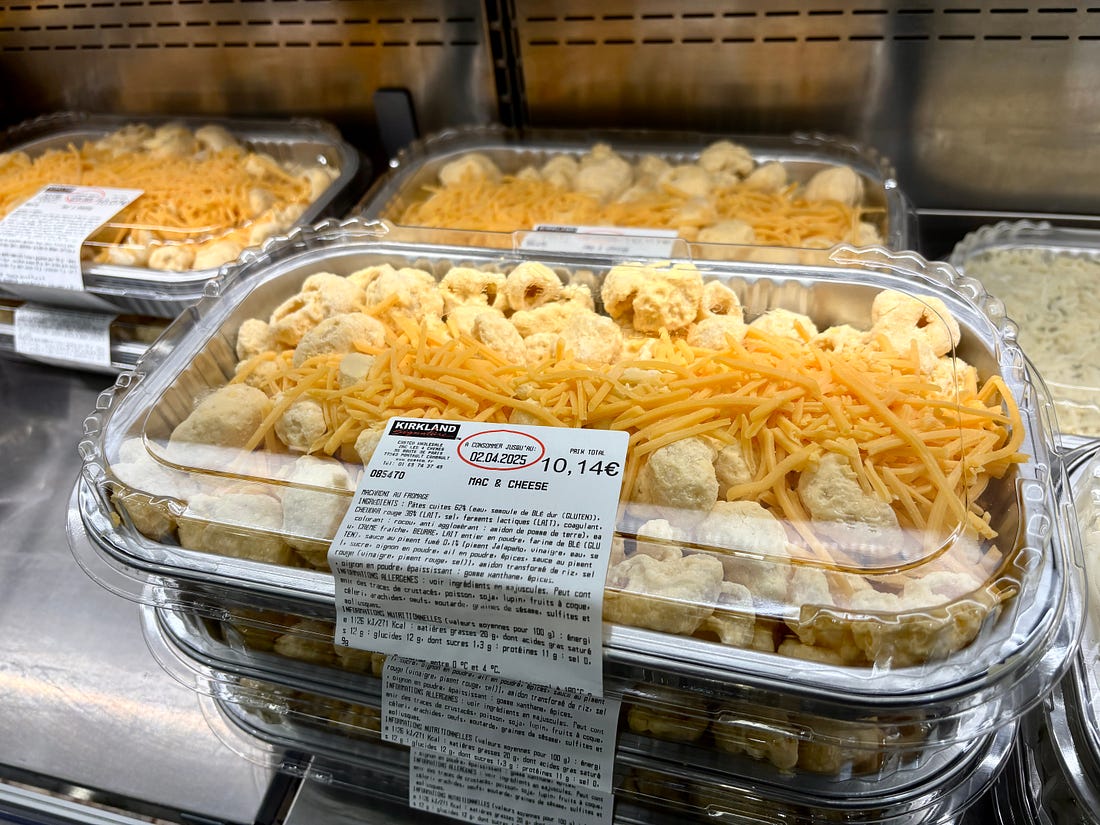
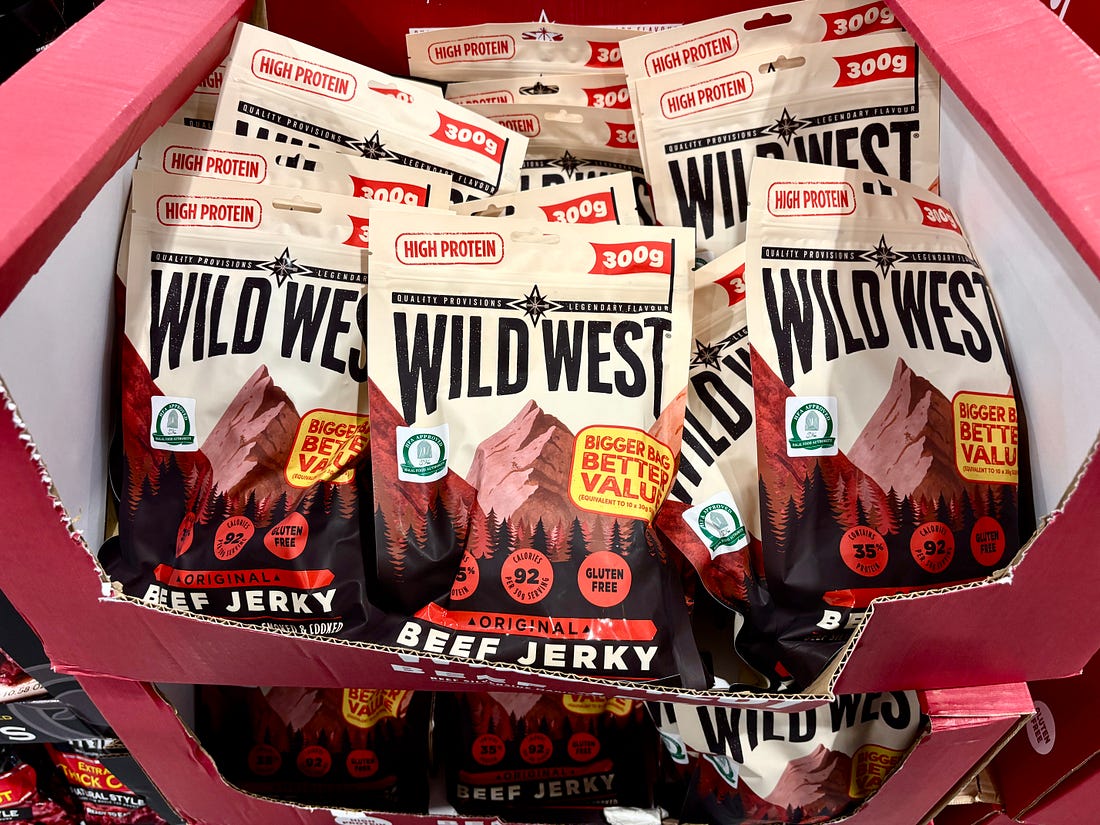
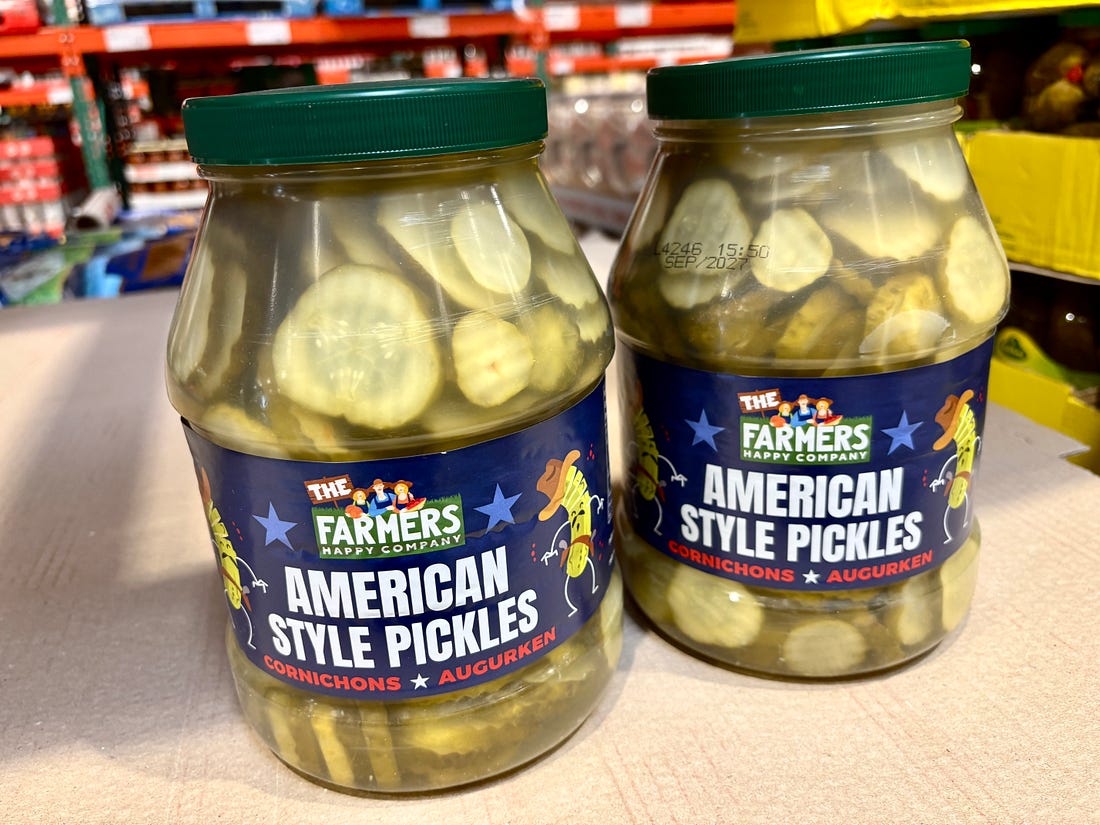
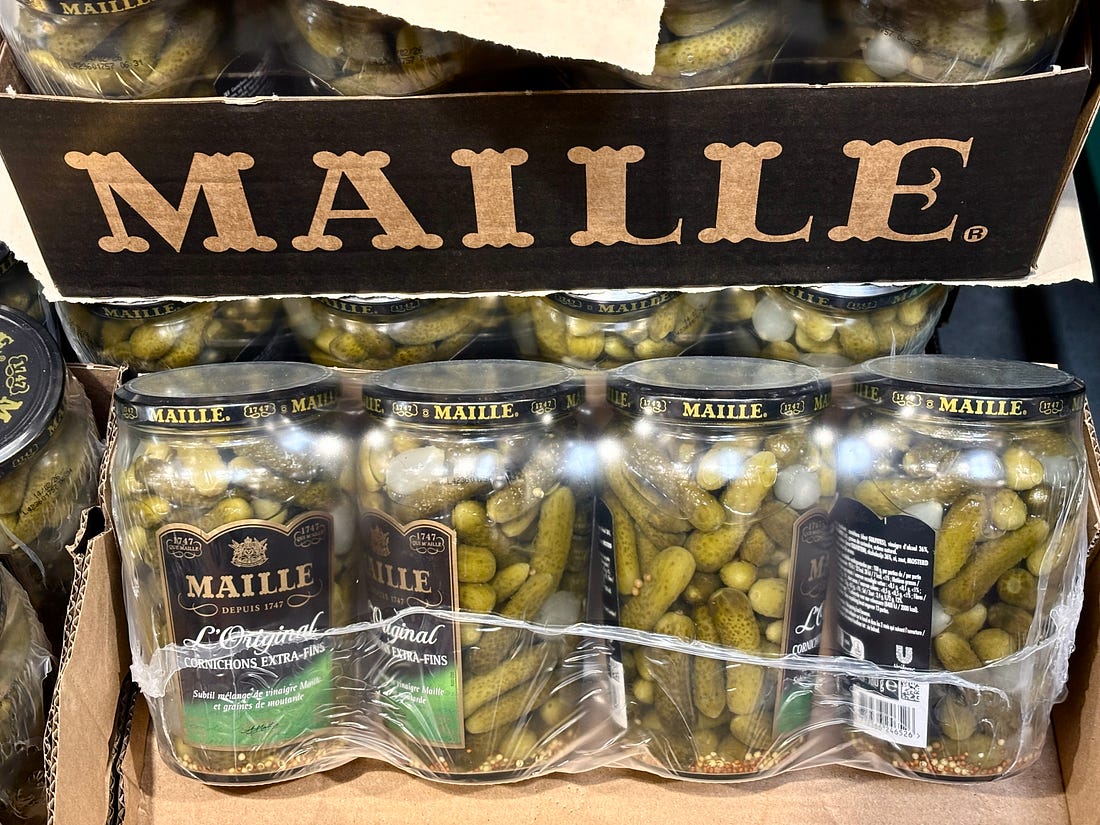
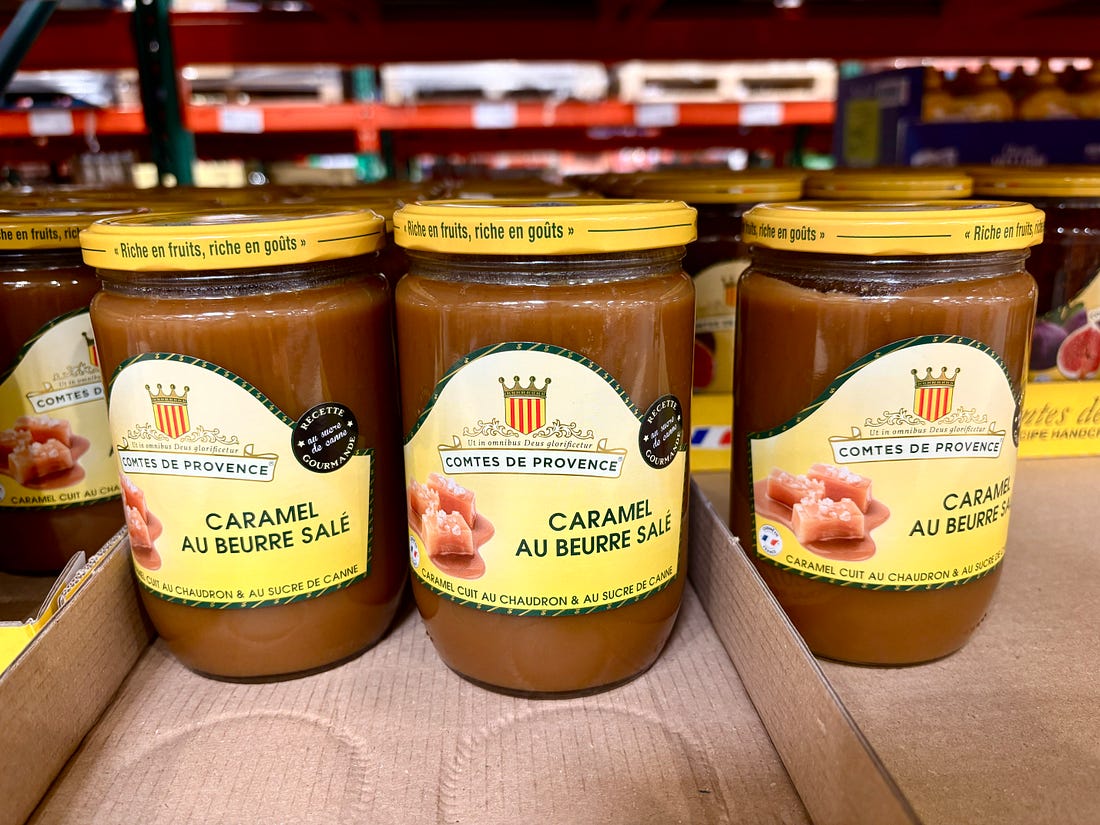
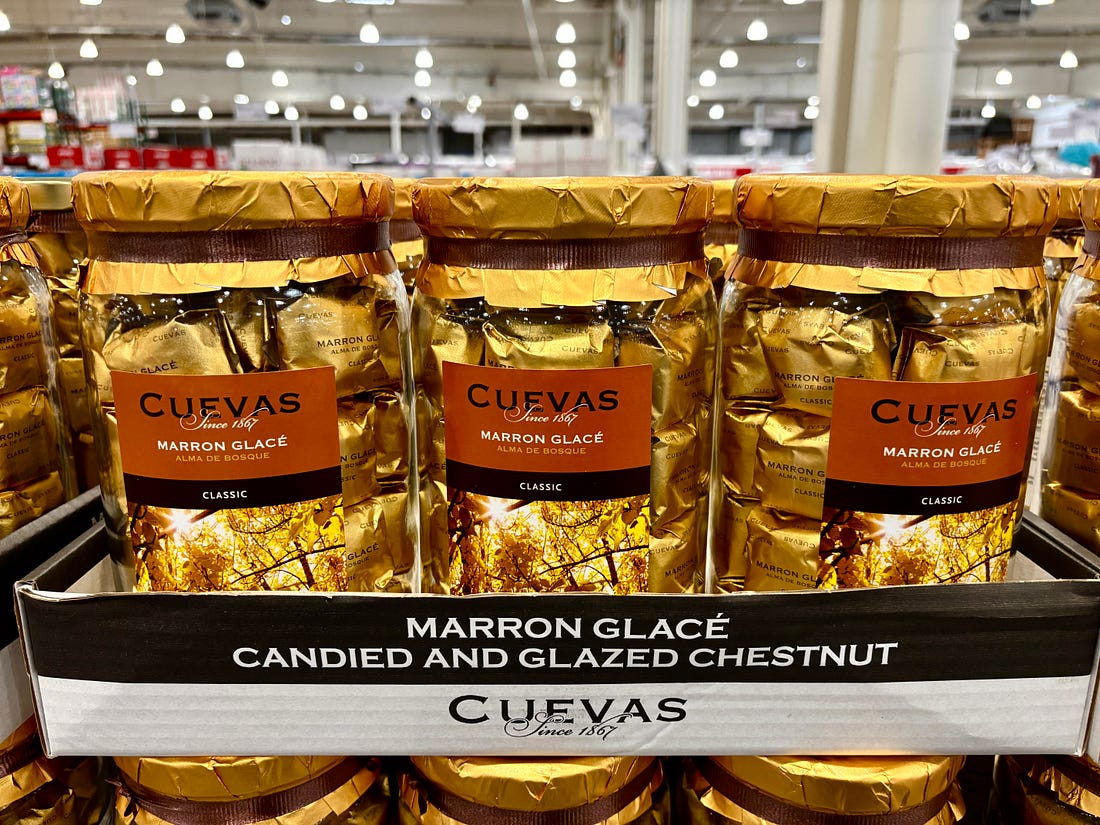
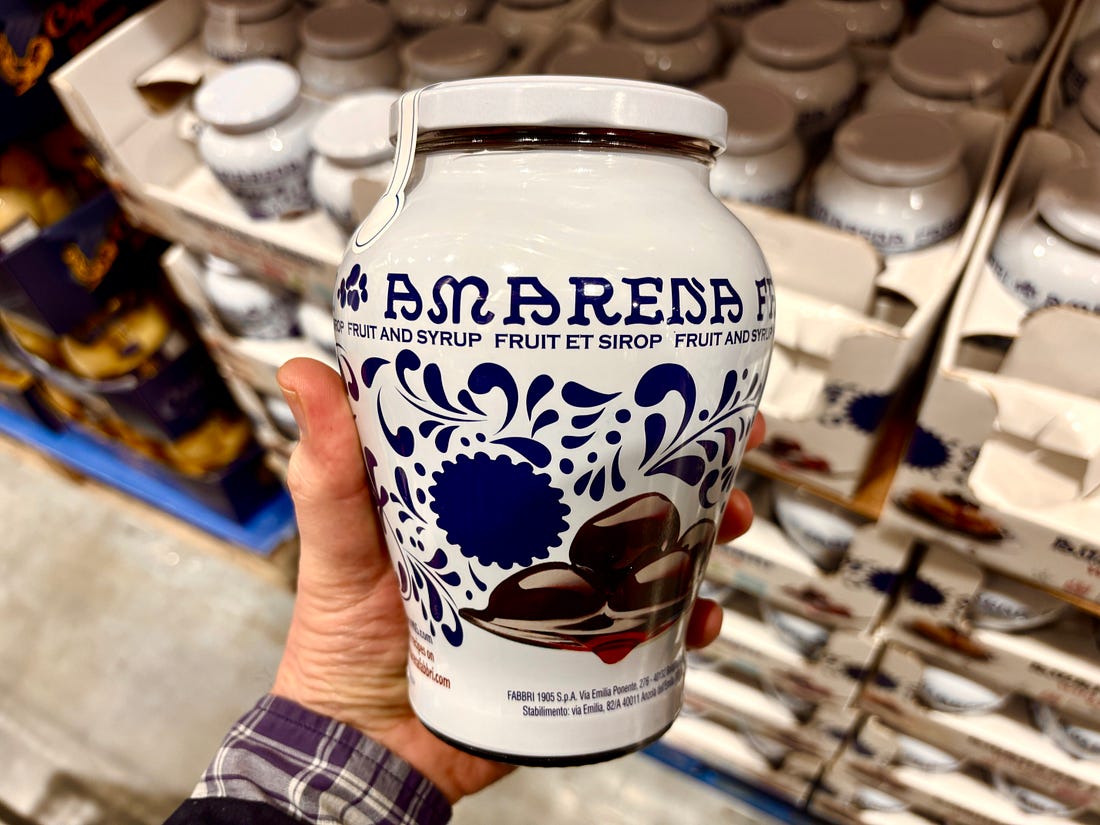
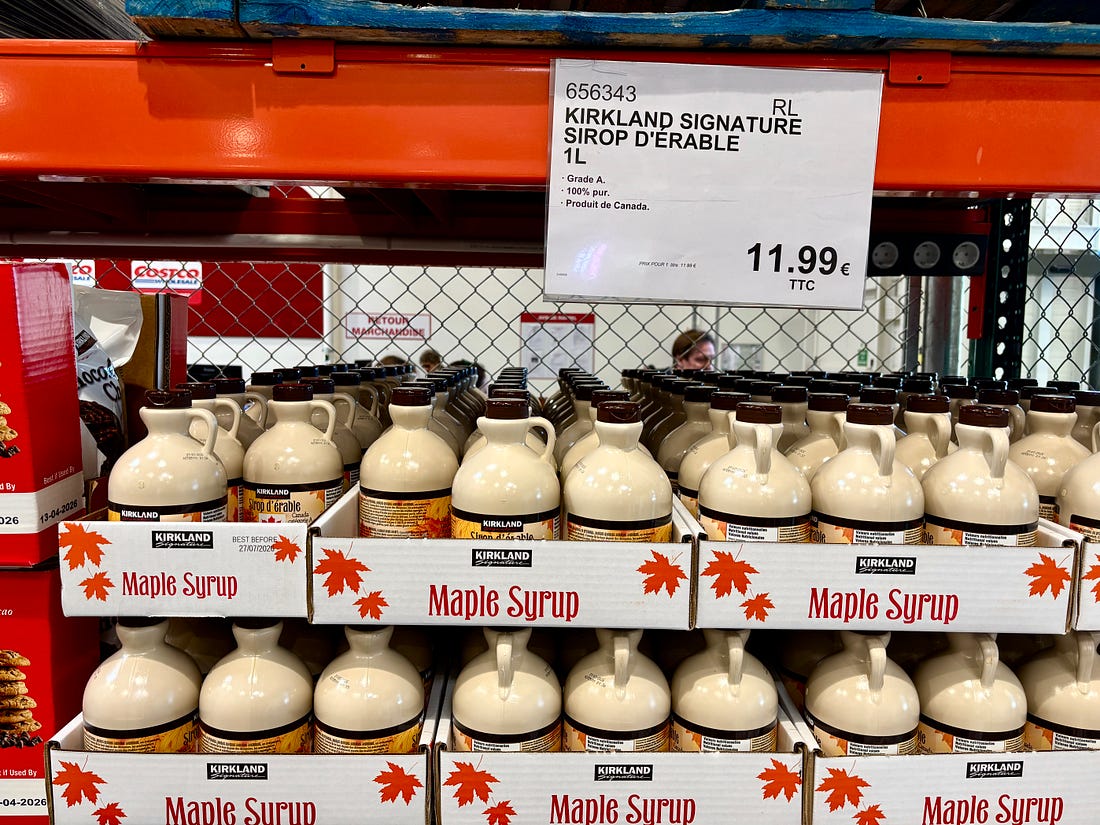
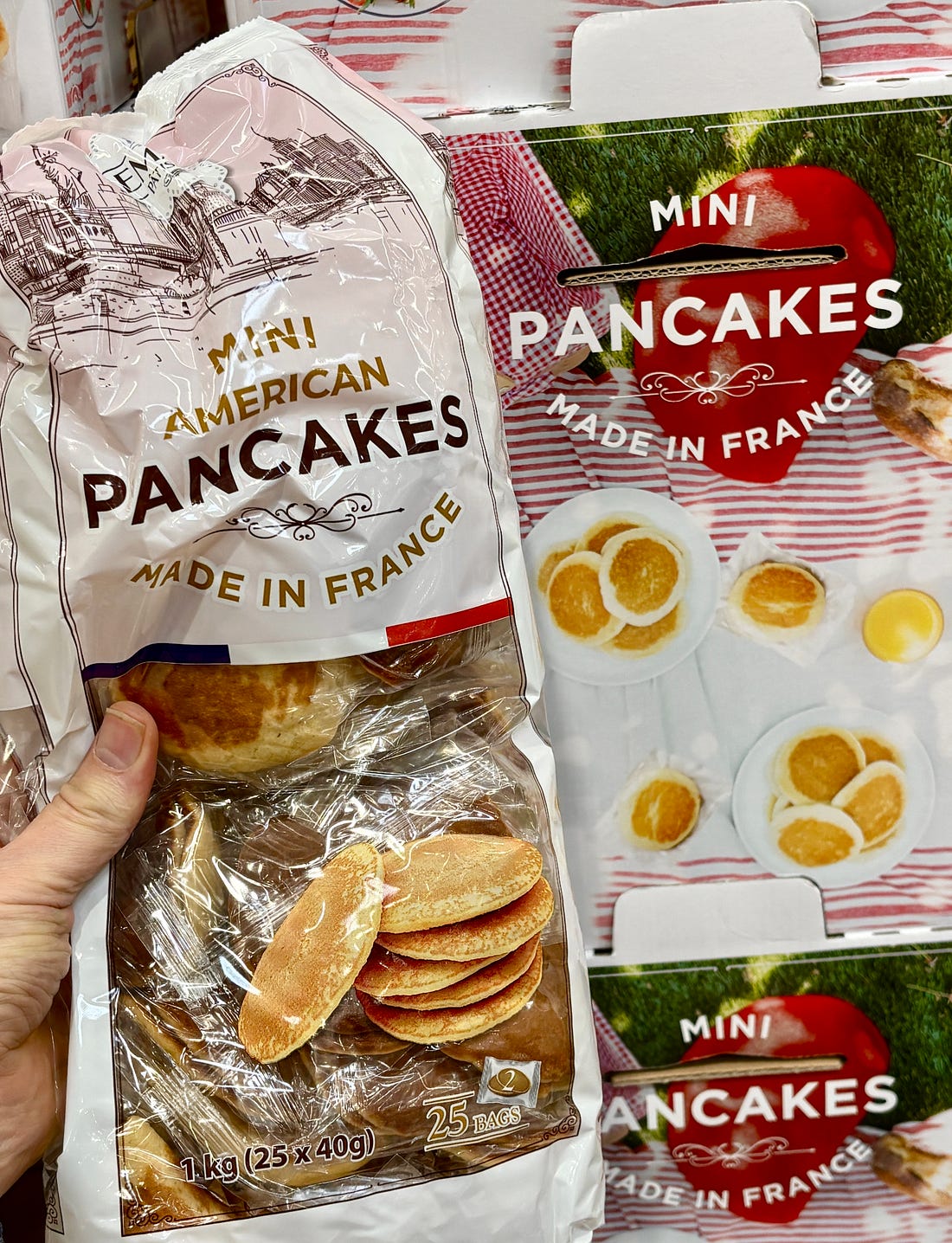
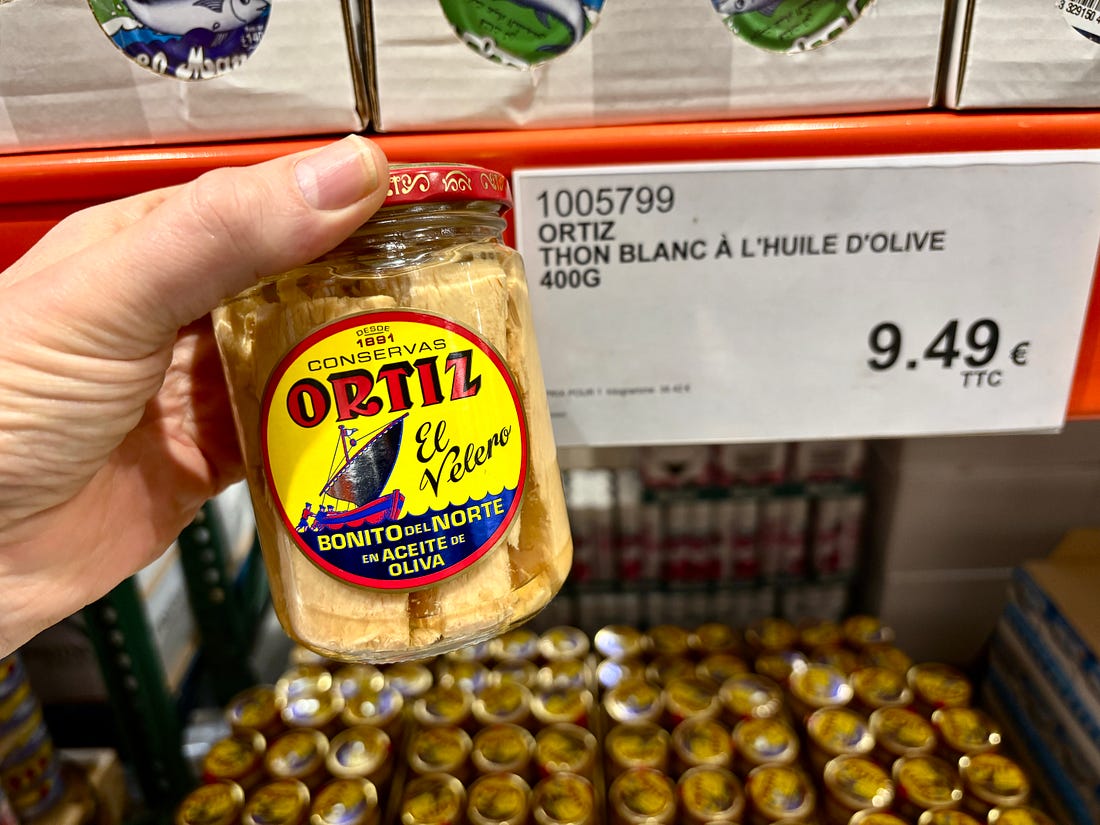
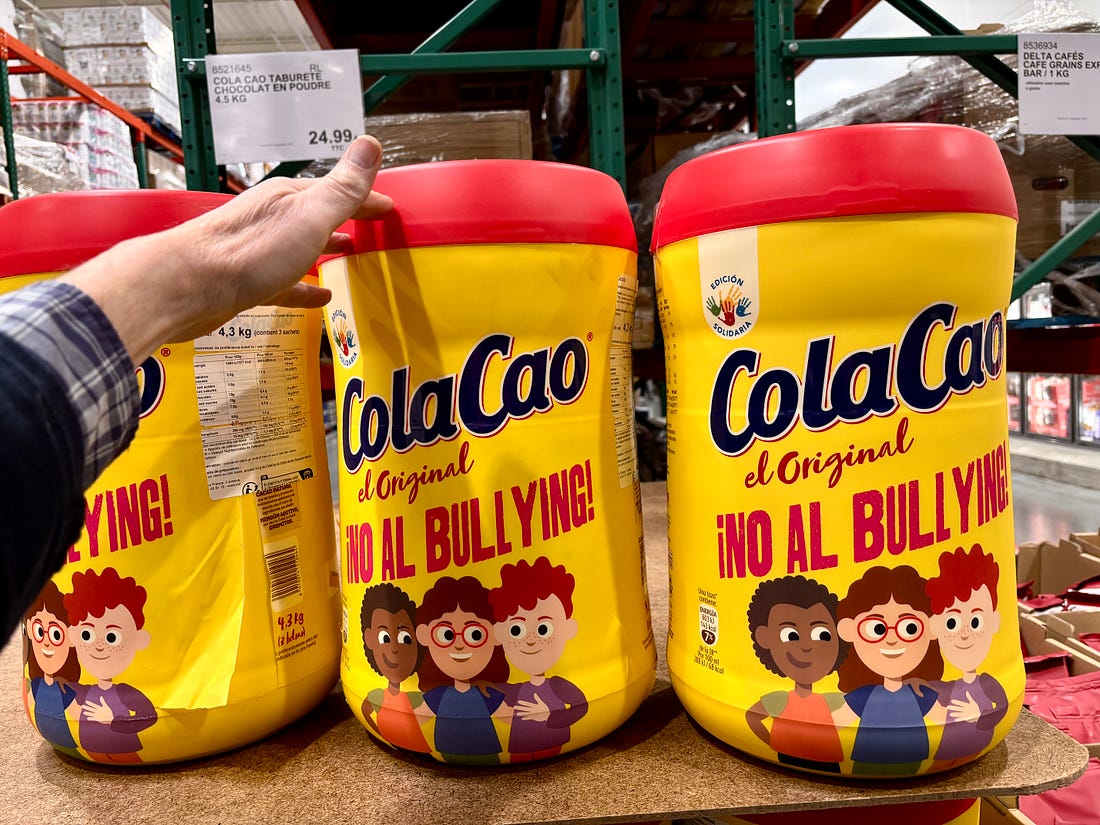
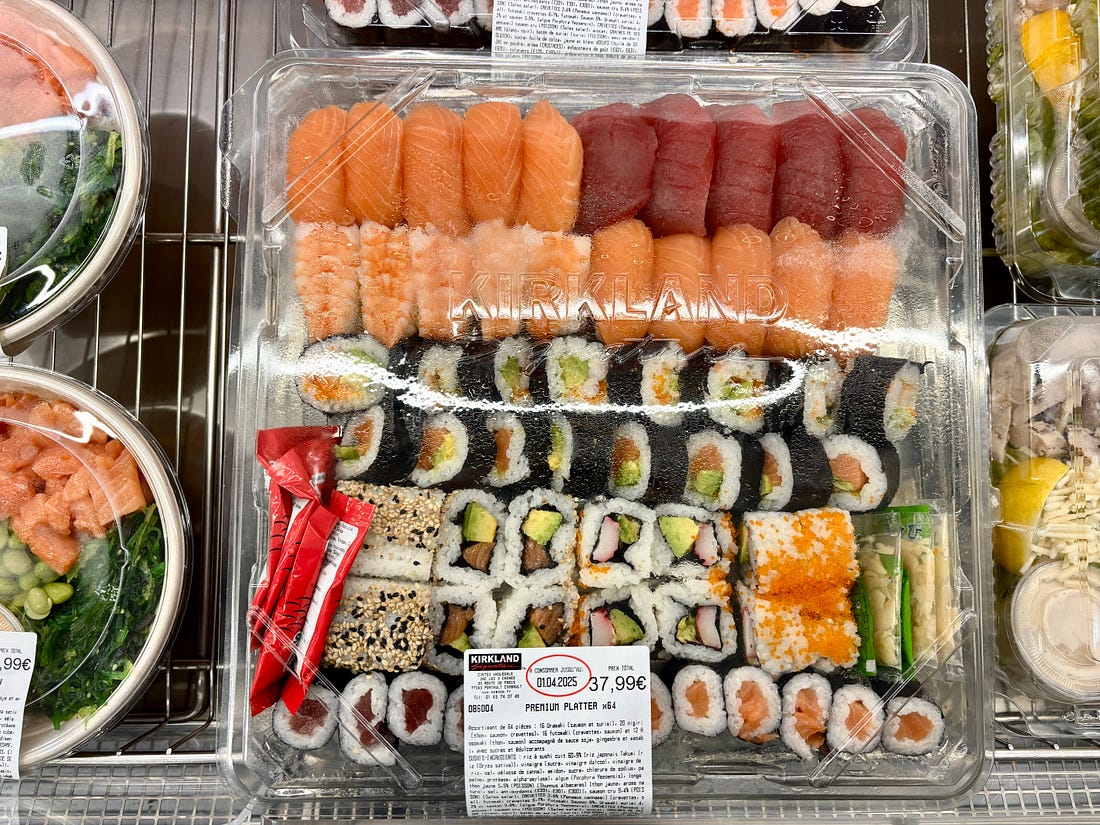
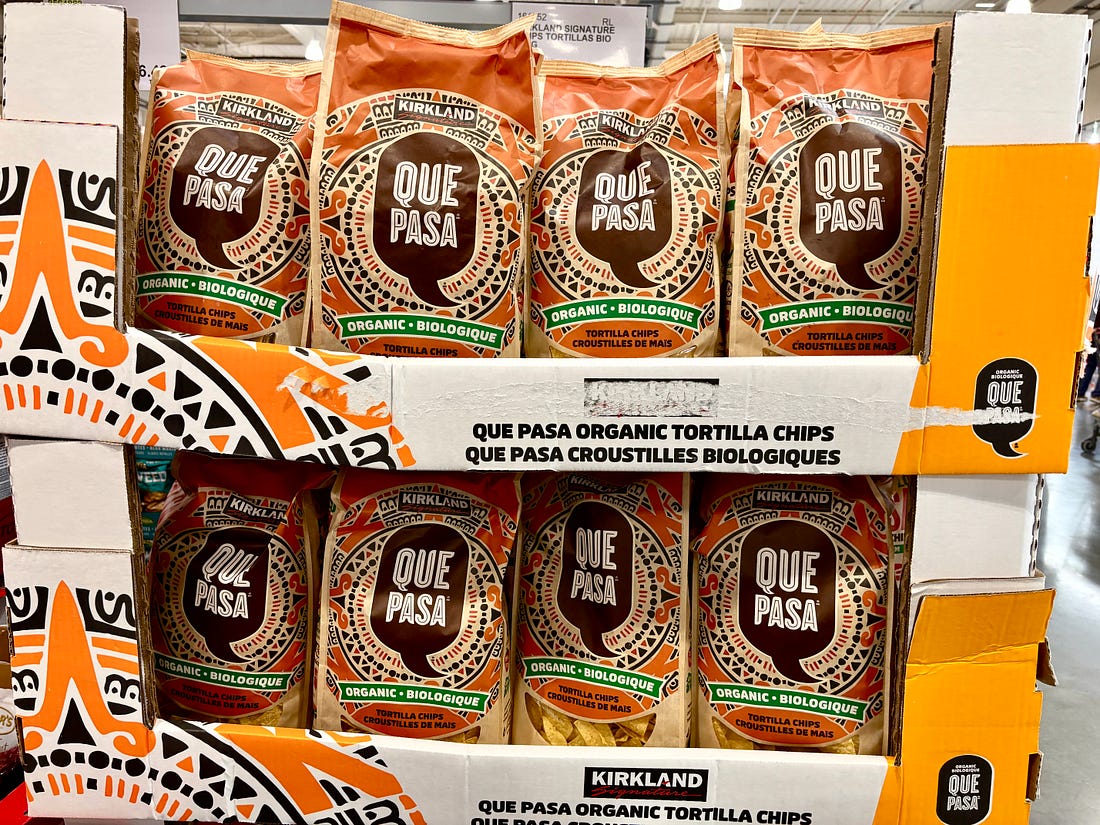
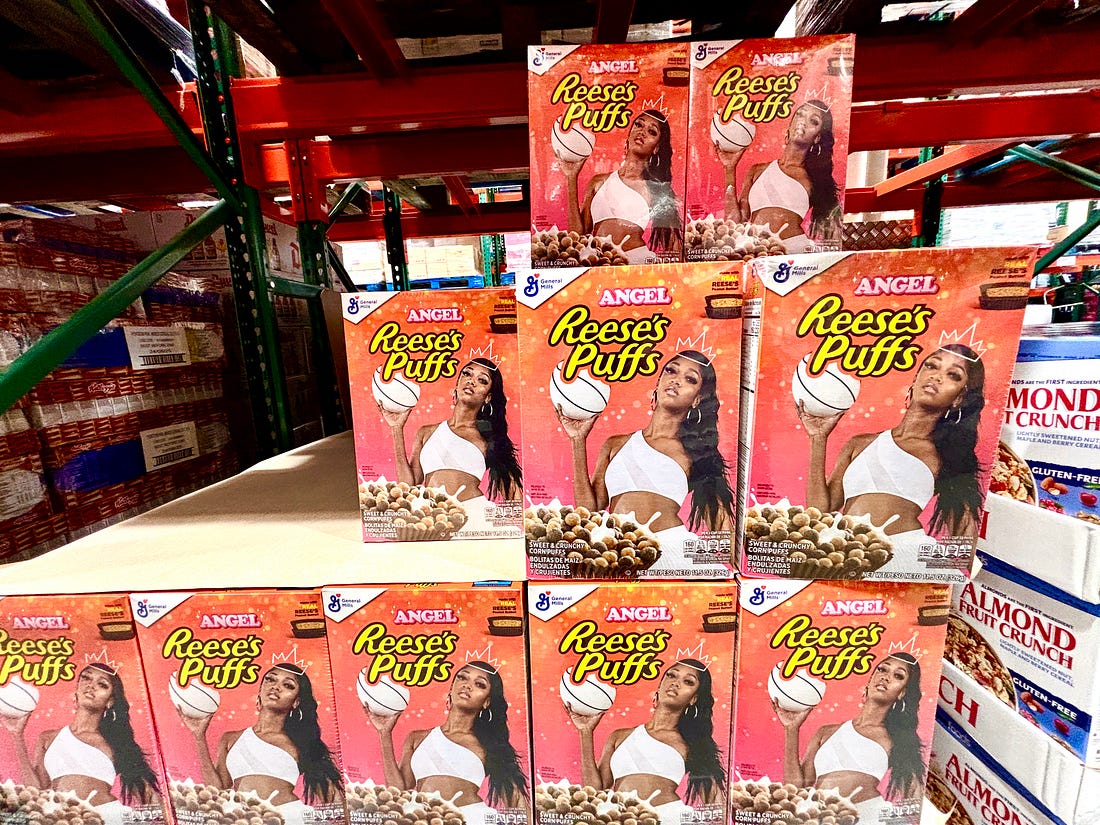
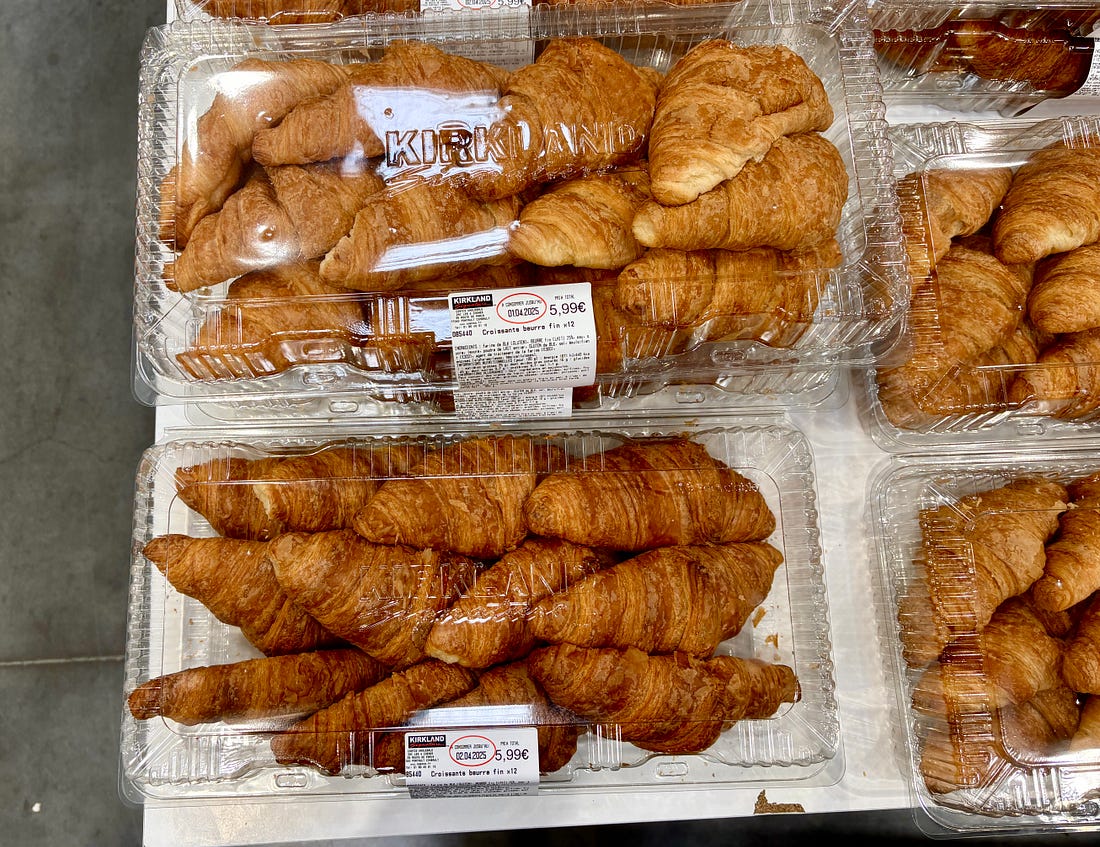
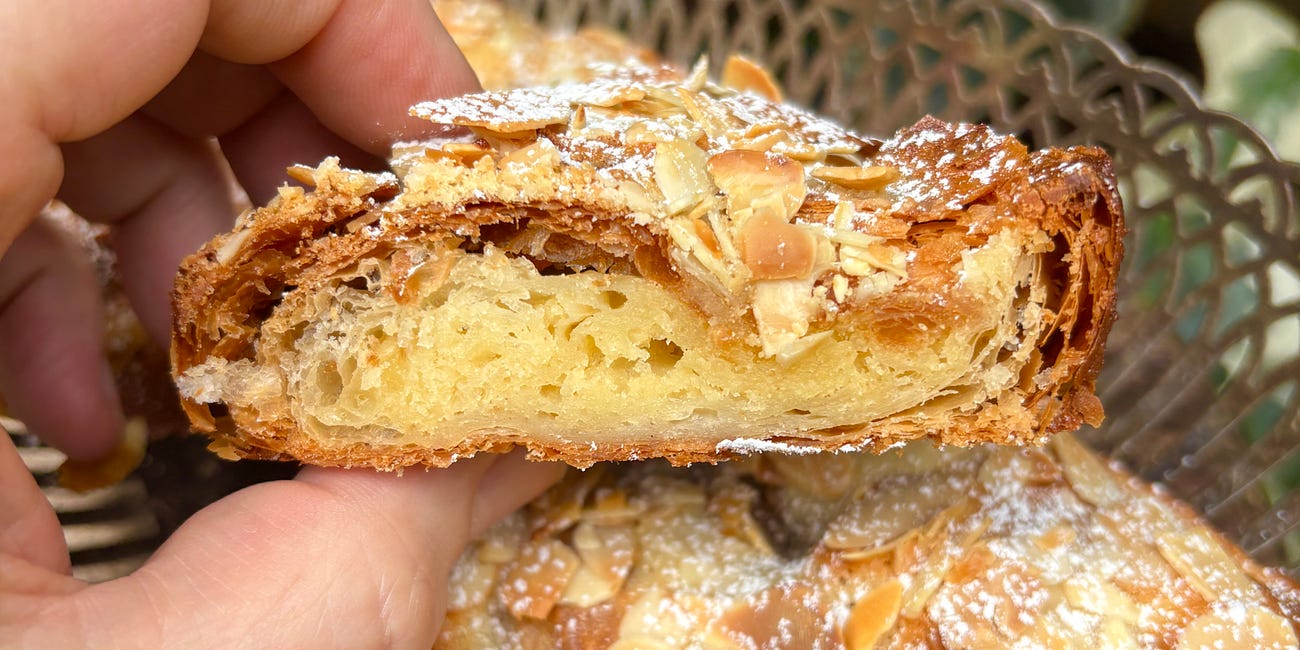
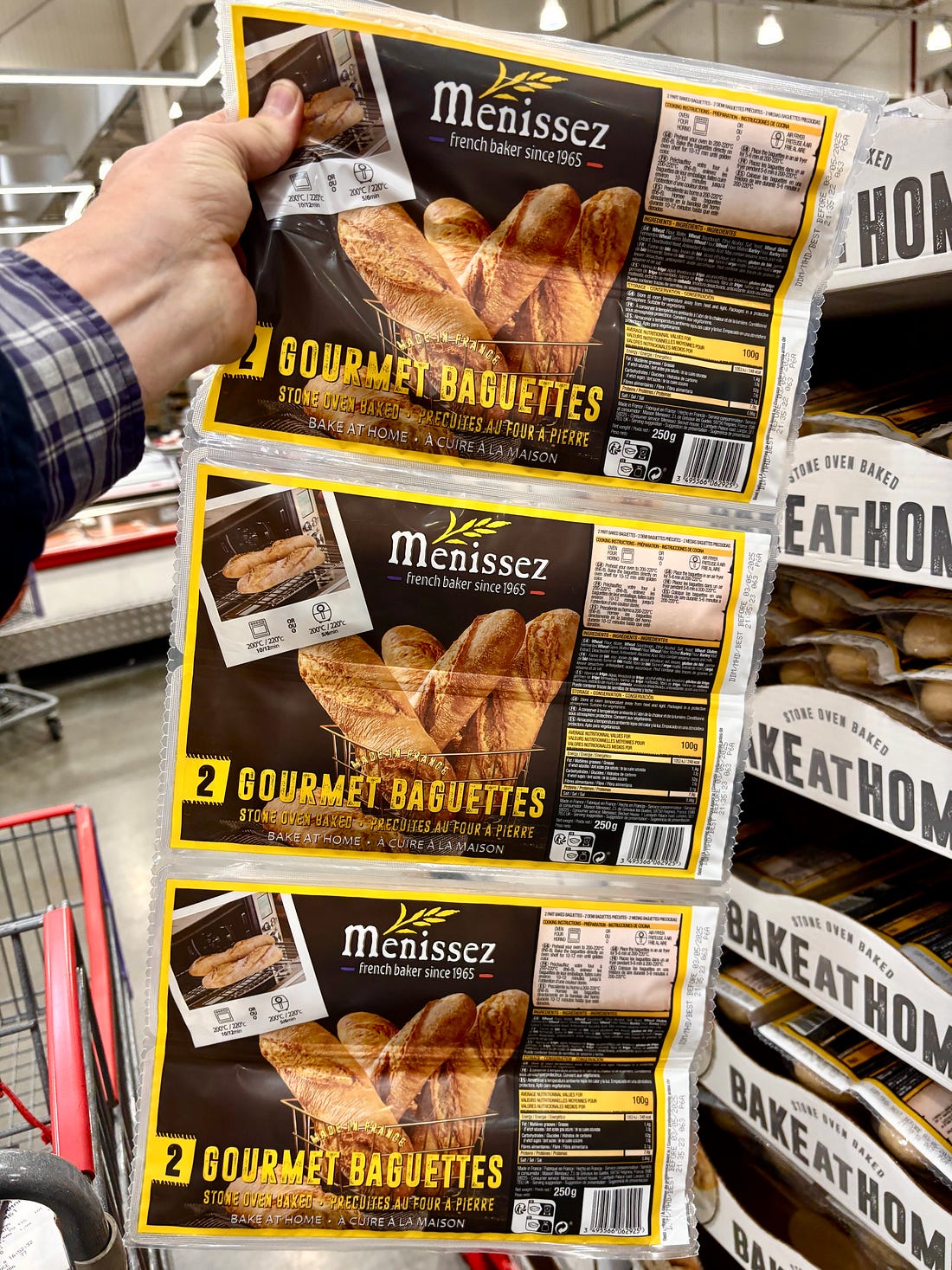
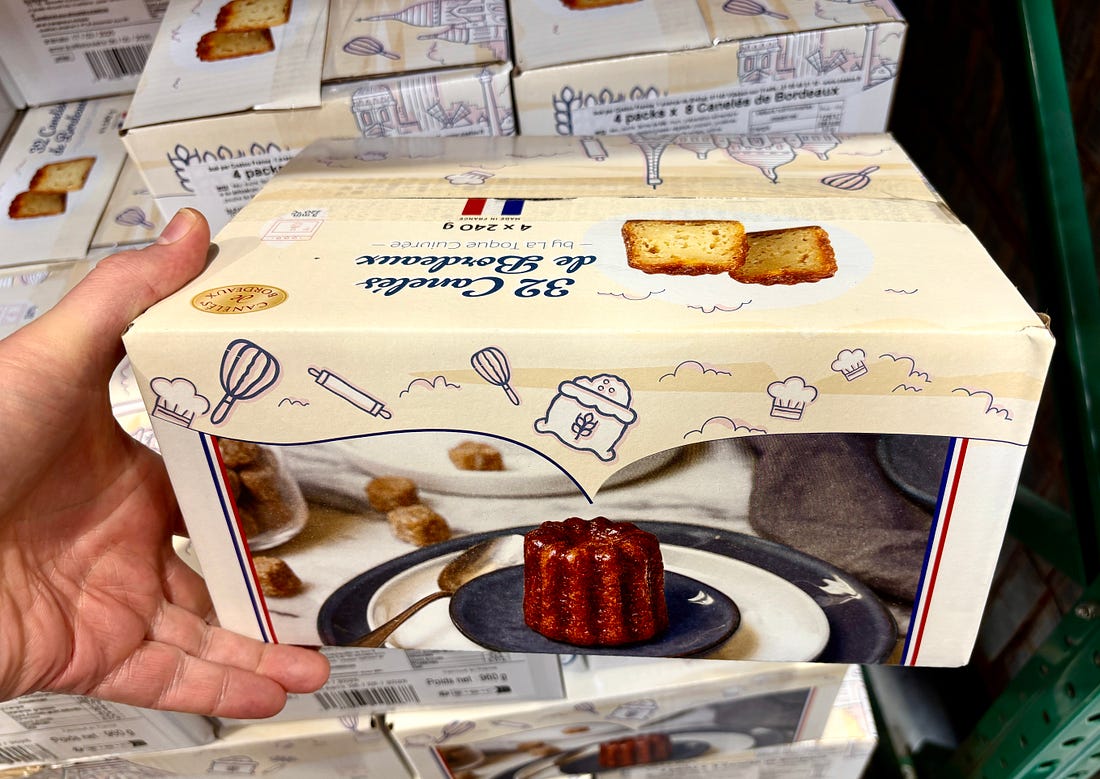
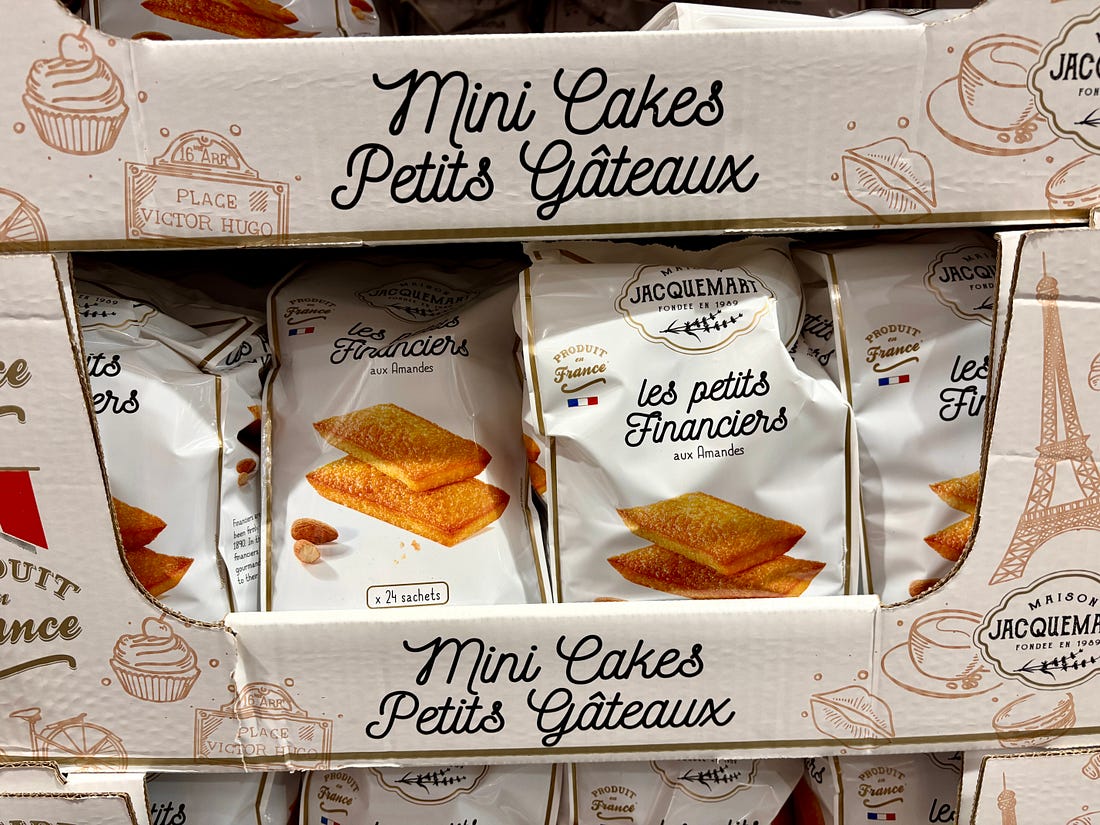
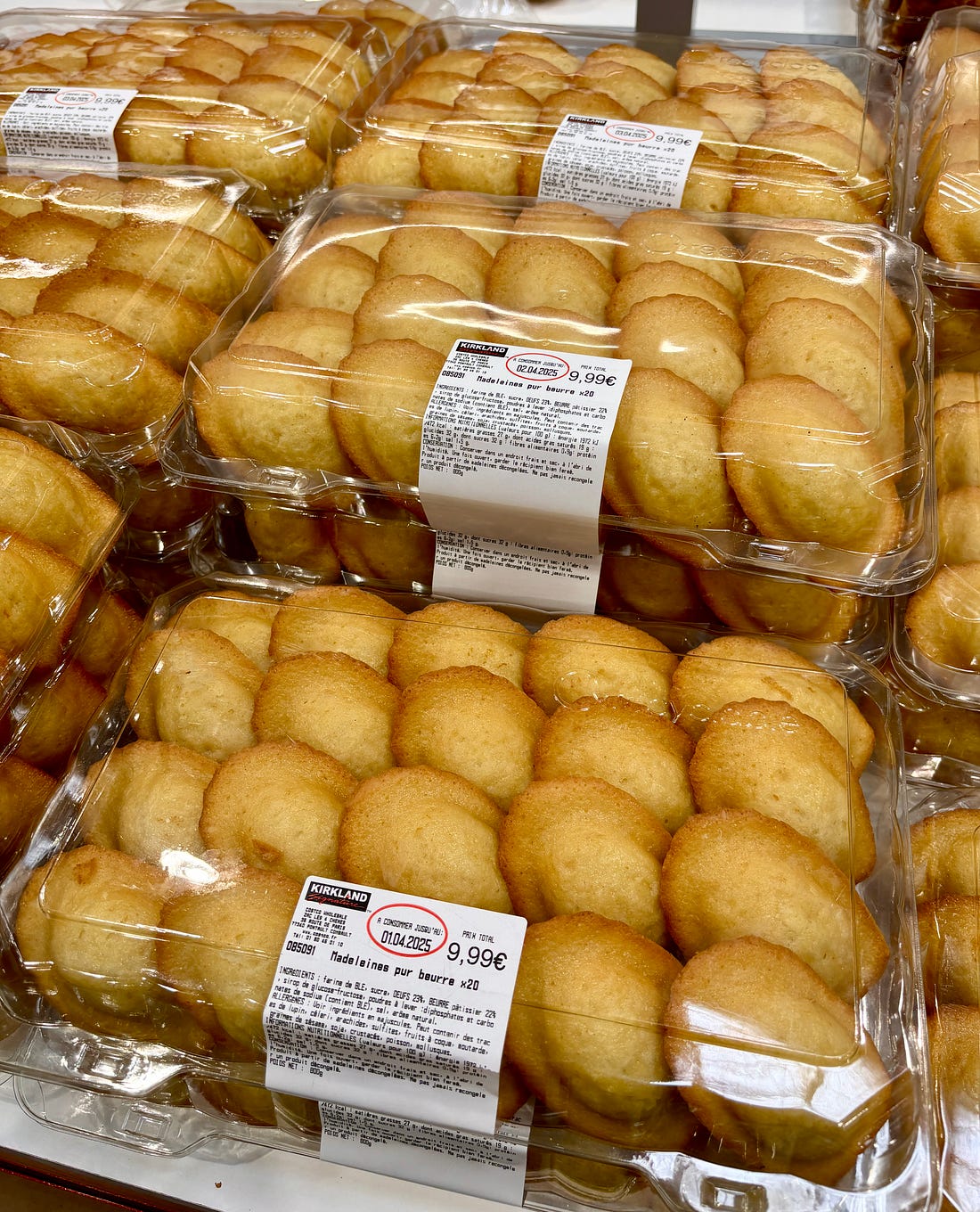
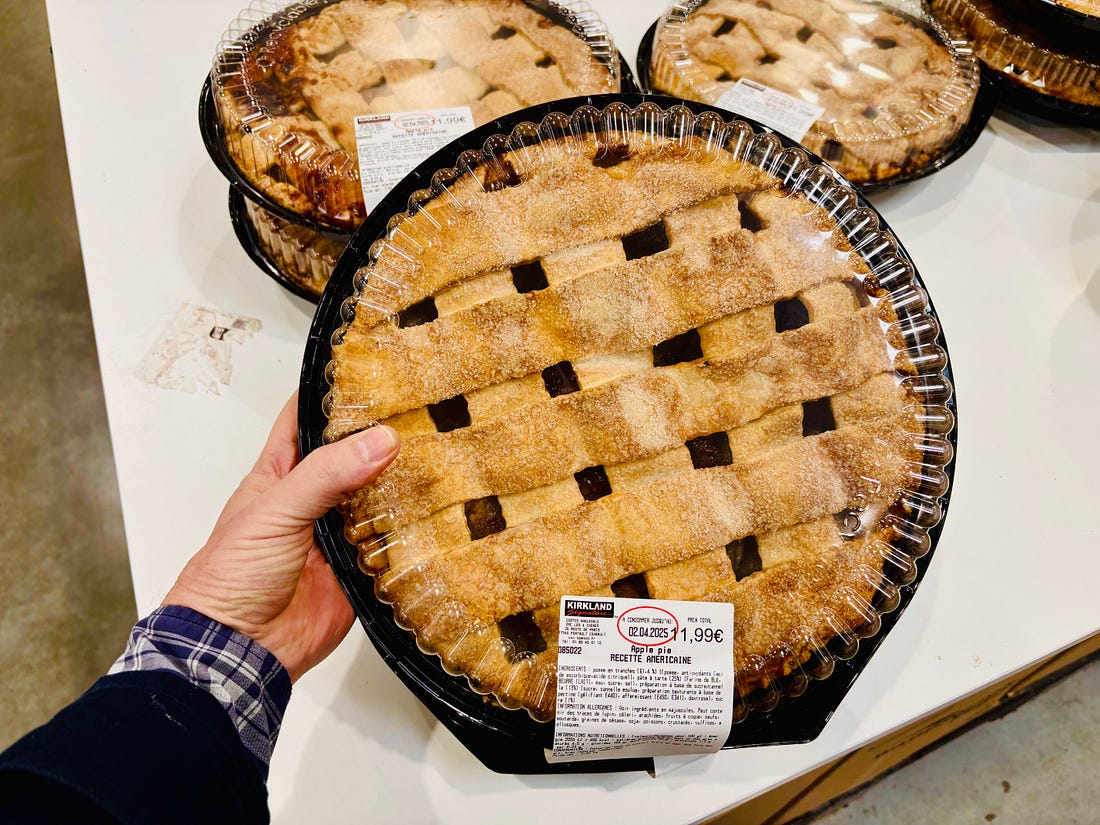
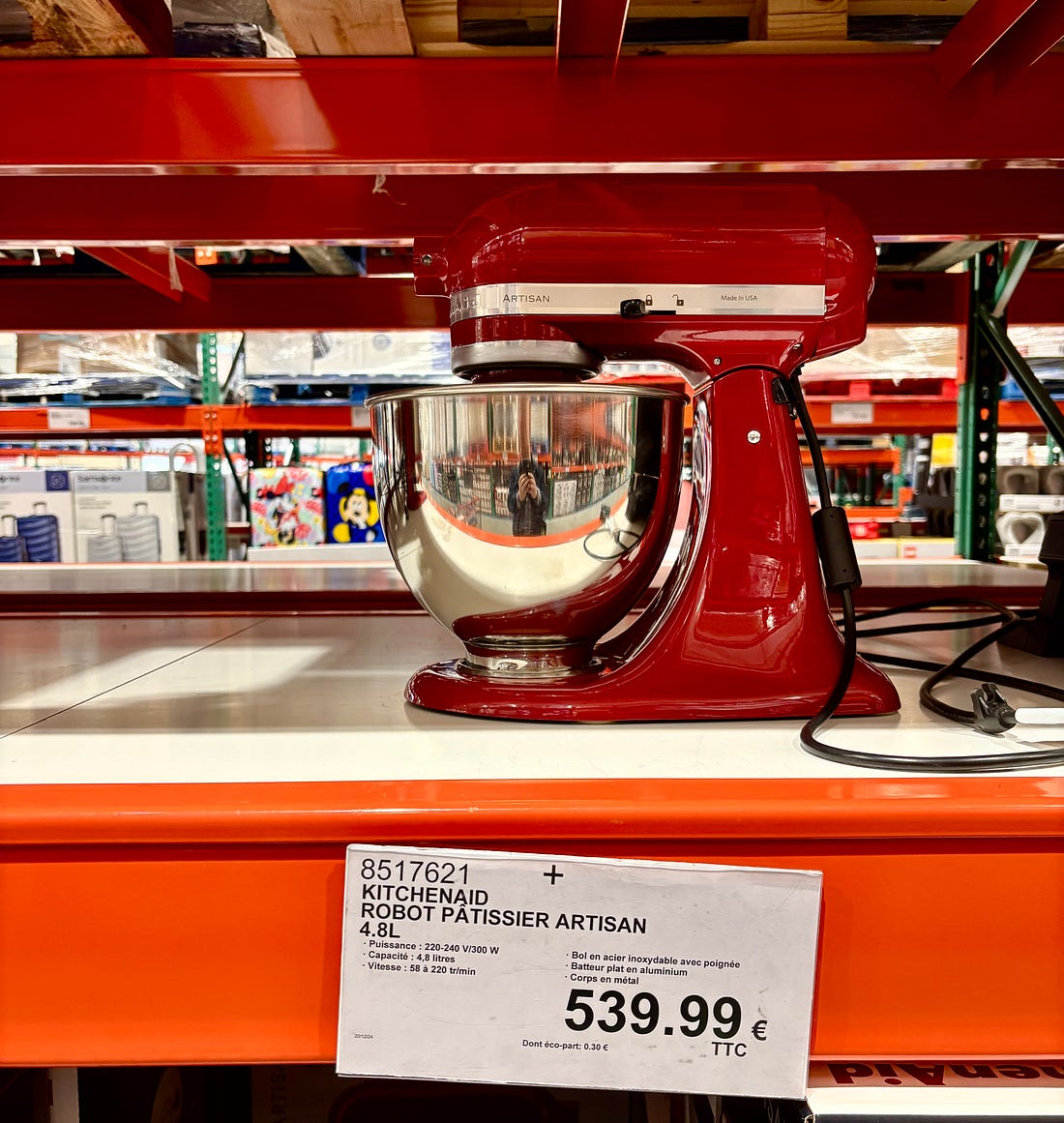
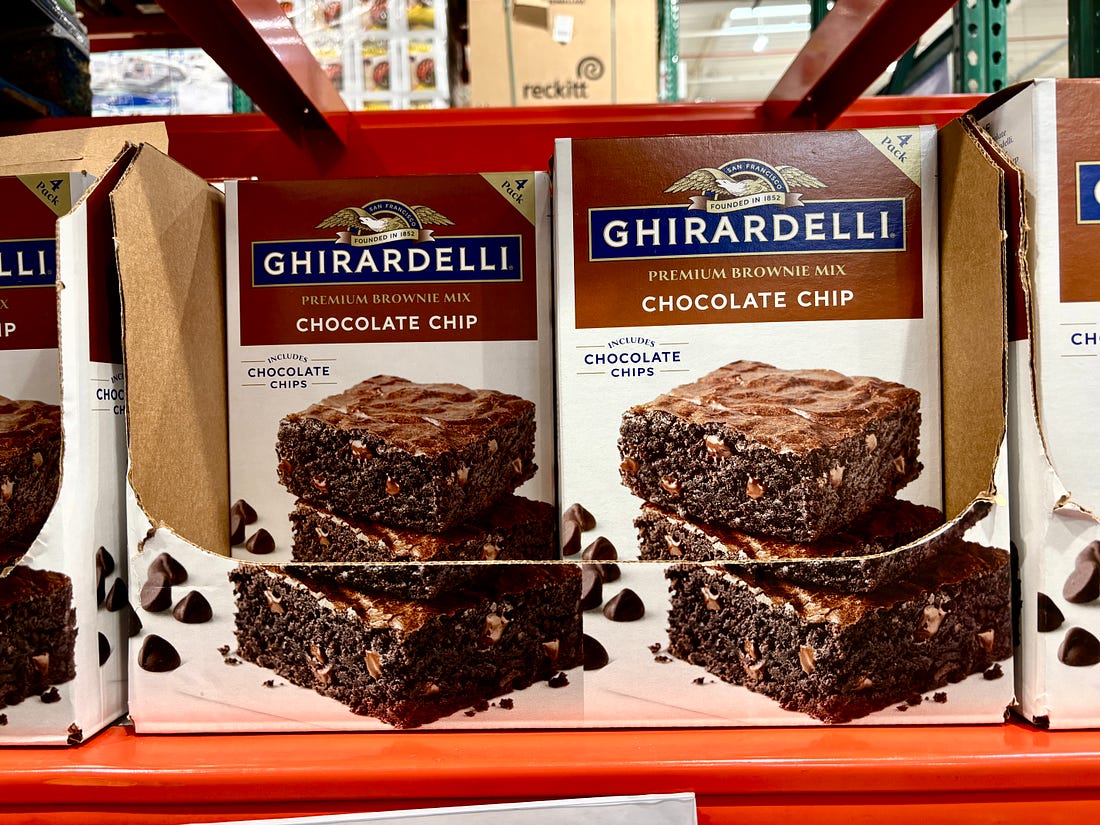
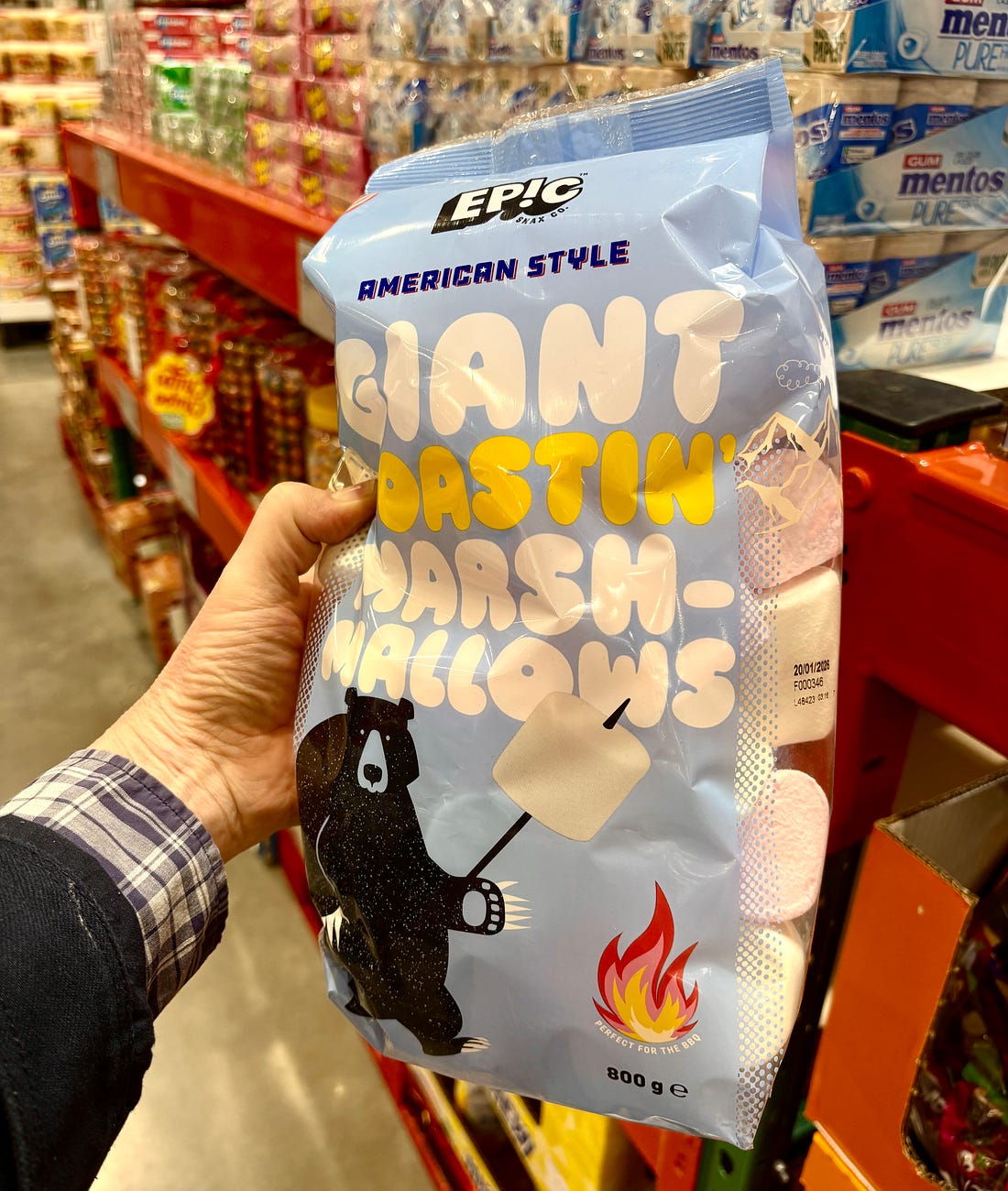
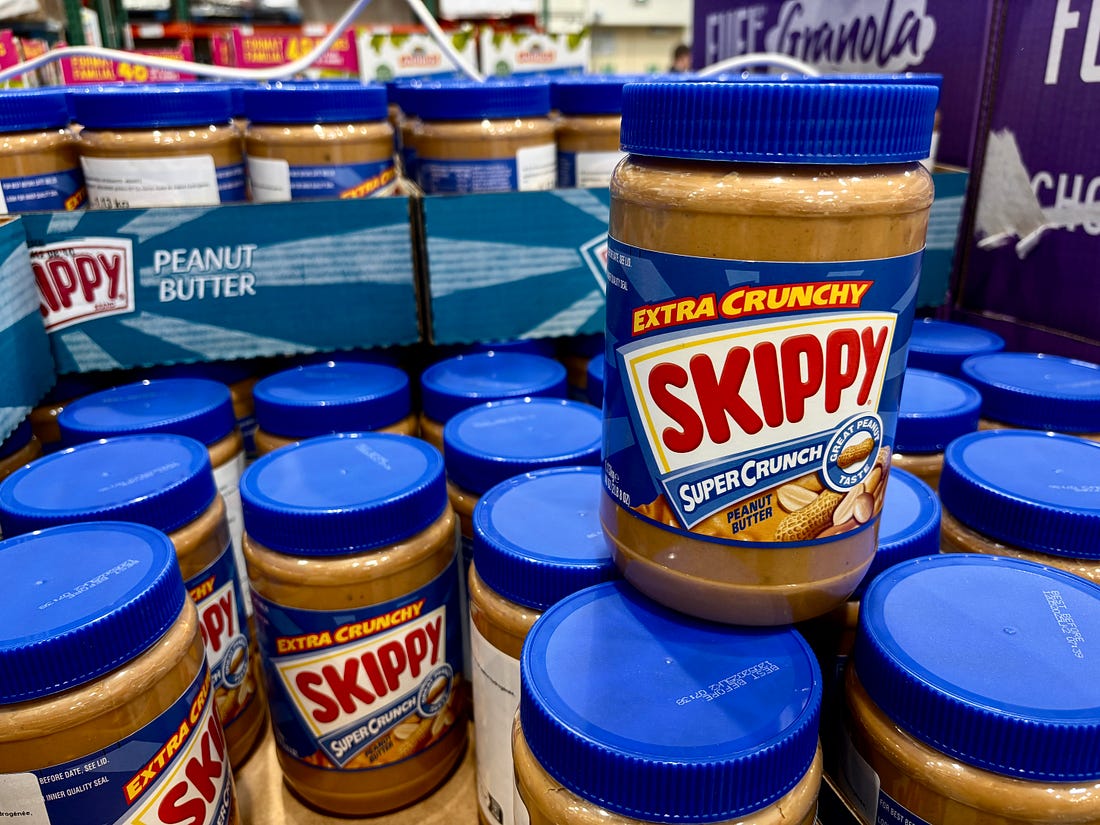
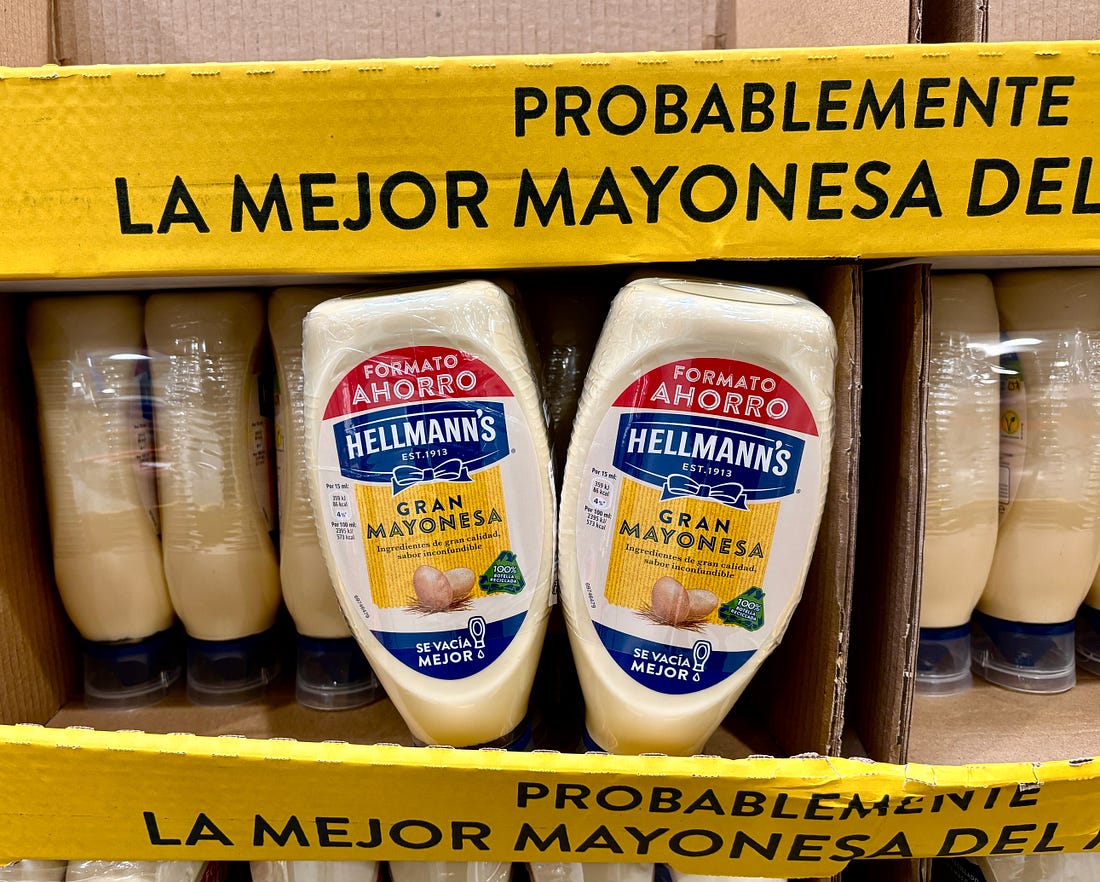
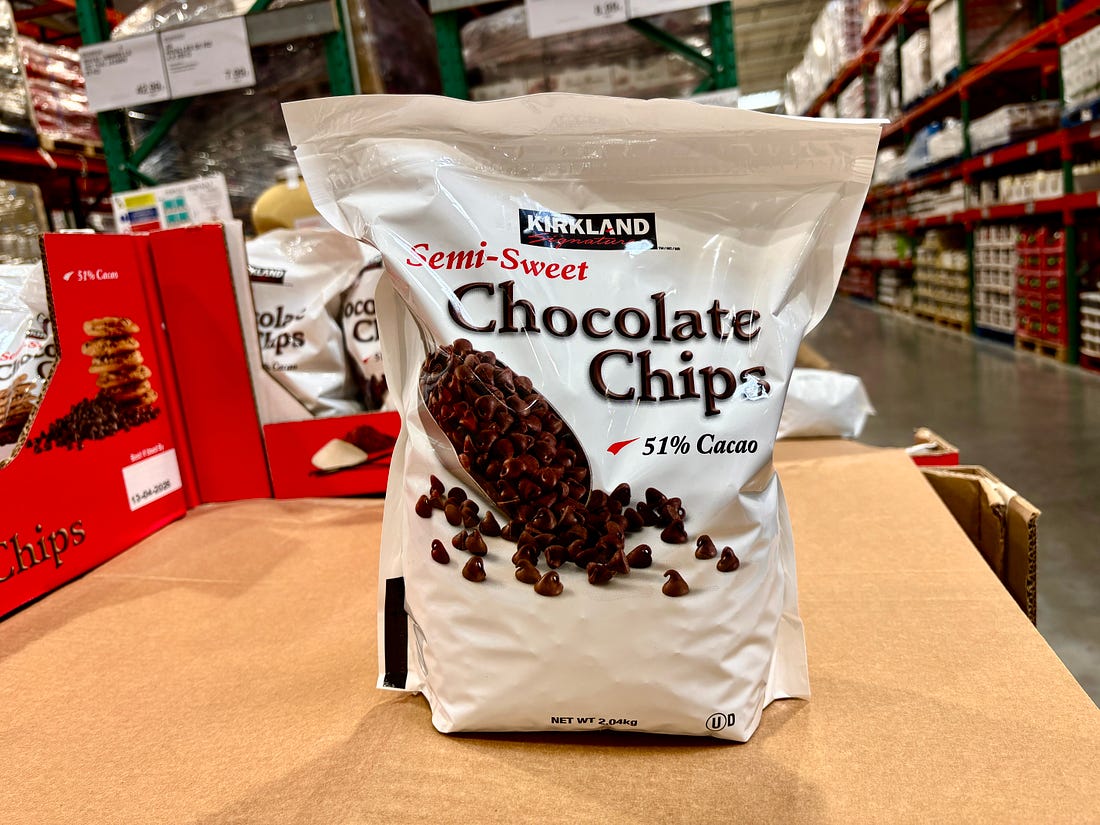
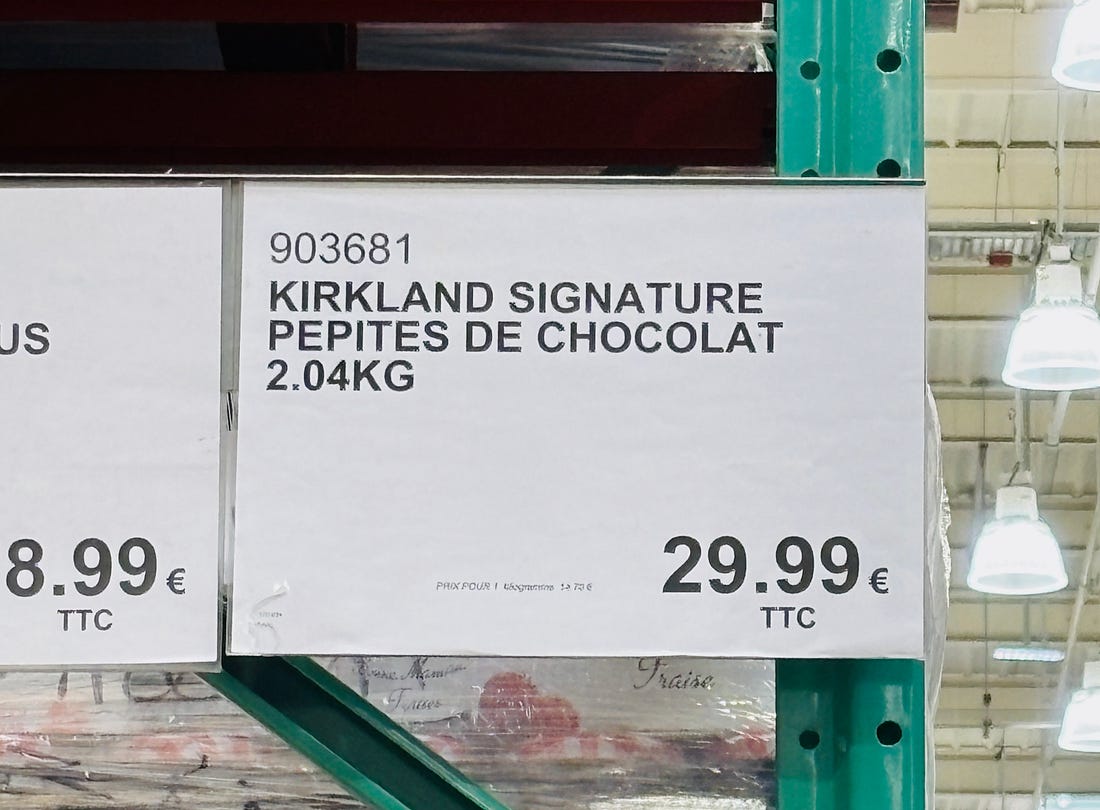
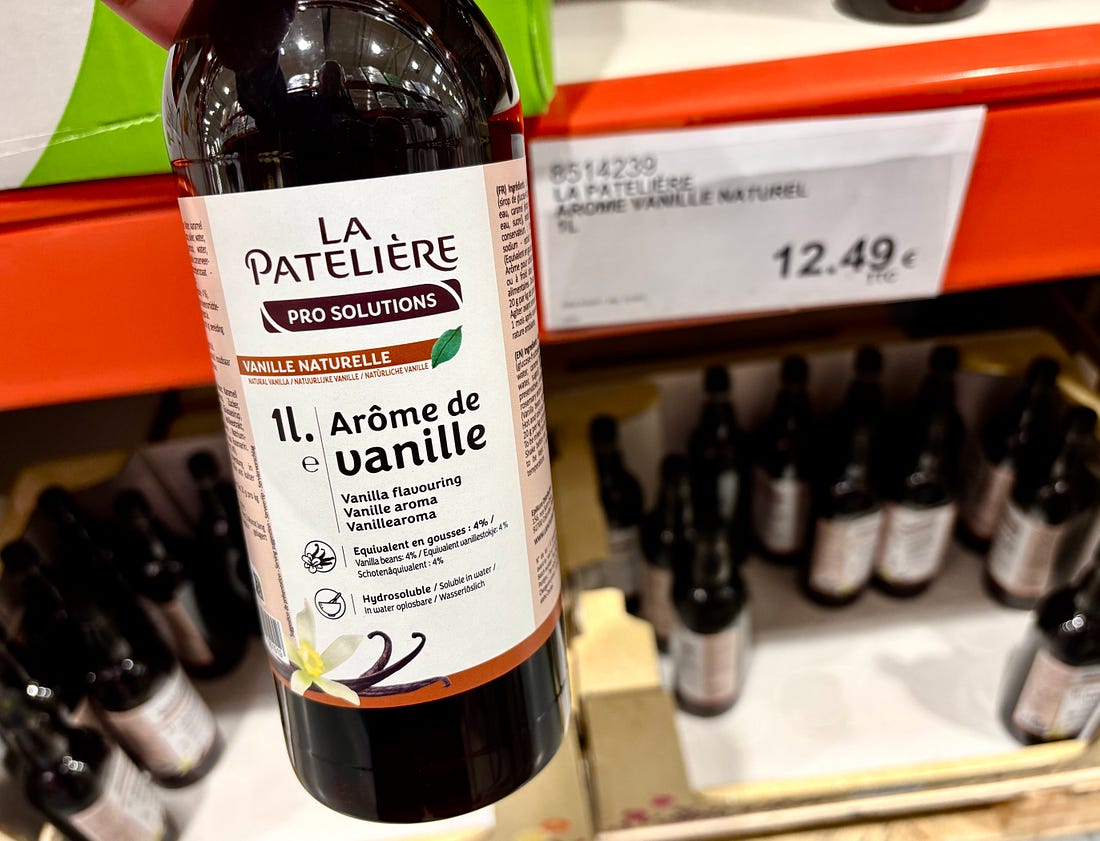
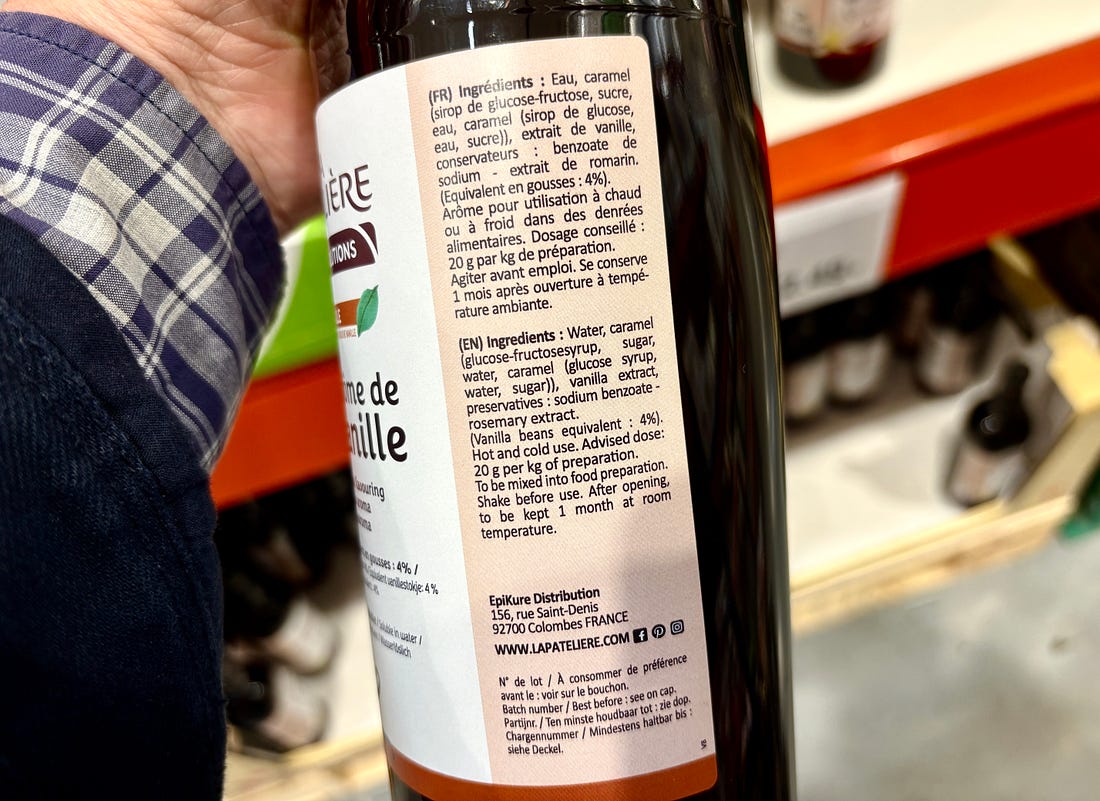
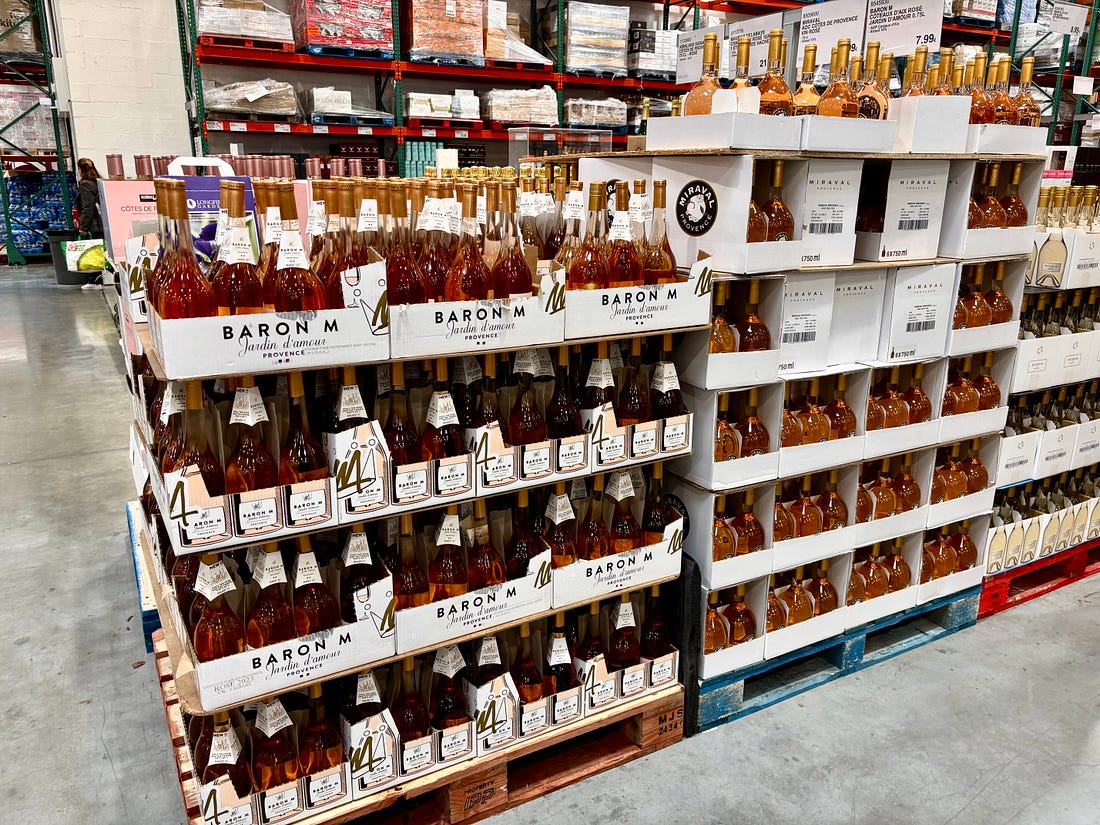
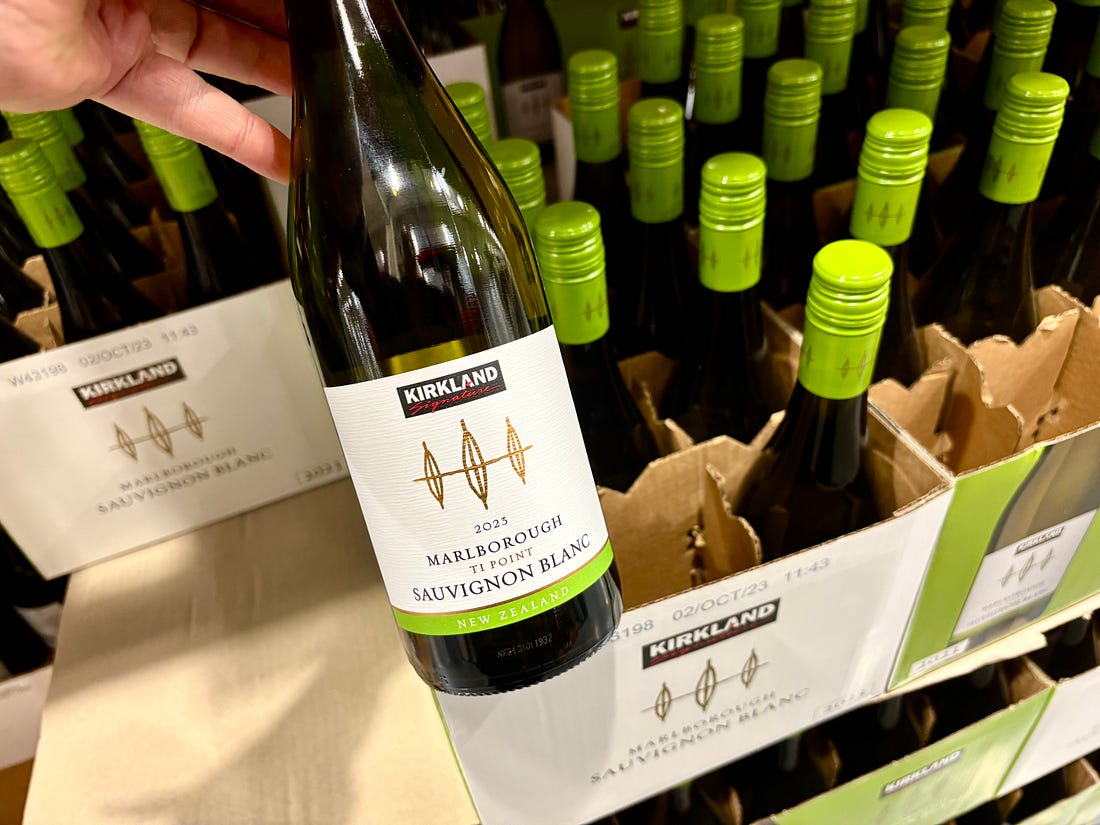
No comments:
Post a Comment